OUTSHOUT
A collection of opinions from some of the biggest names in the advertising industry as well as some thoughts on campaigns spotted out and about by OOH lovers
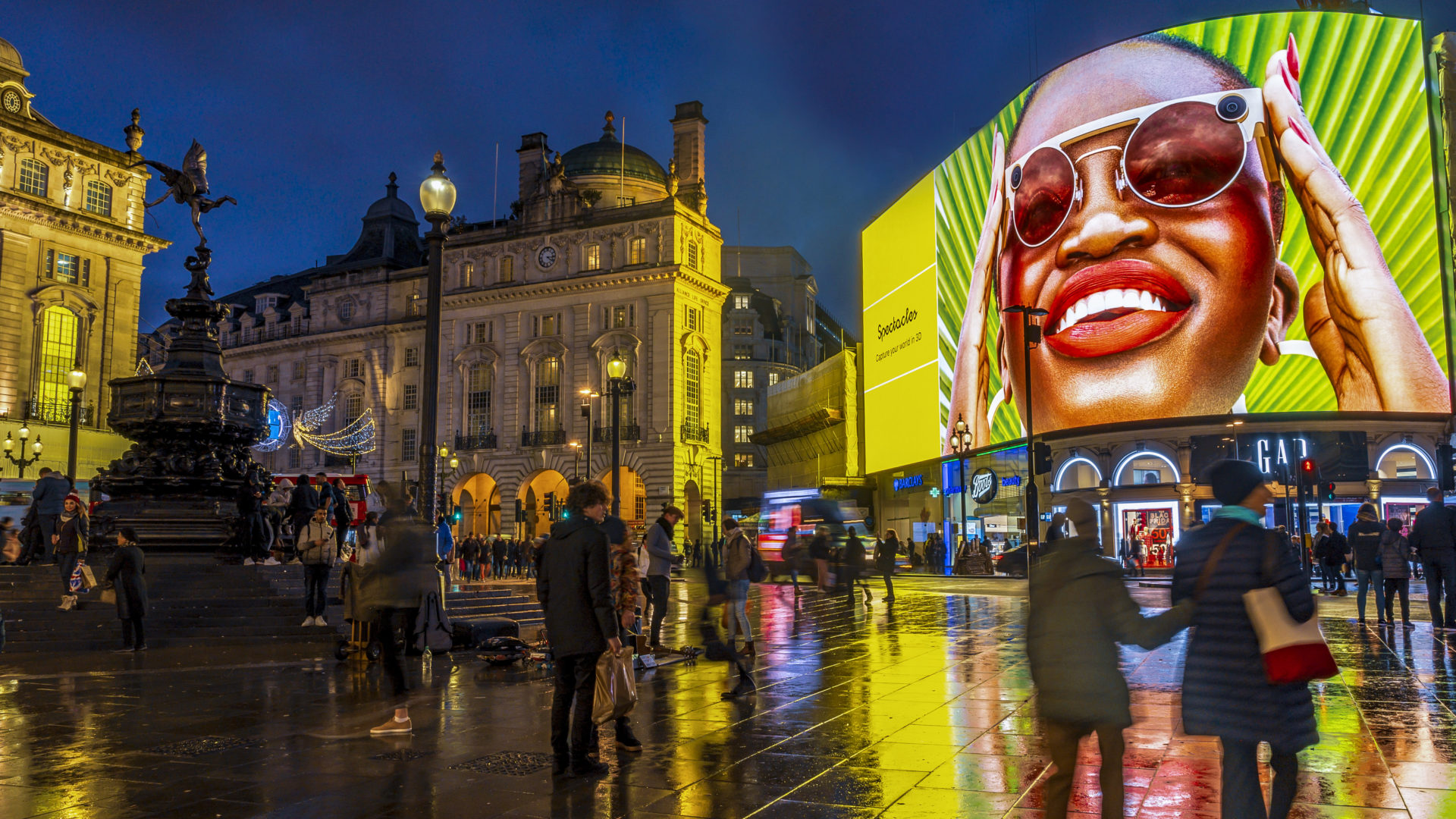
A response to “How Outdoor Advertising Can Deepen Inequality”
Tim Lumb, Director, Outsmart | 2020-08-21

Chess Players Make Good Mates
Tim Lumb, Director, Outsmart | 2018-09-25
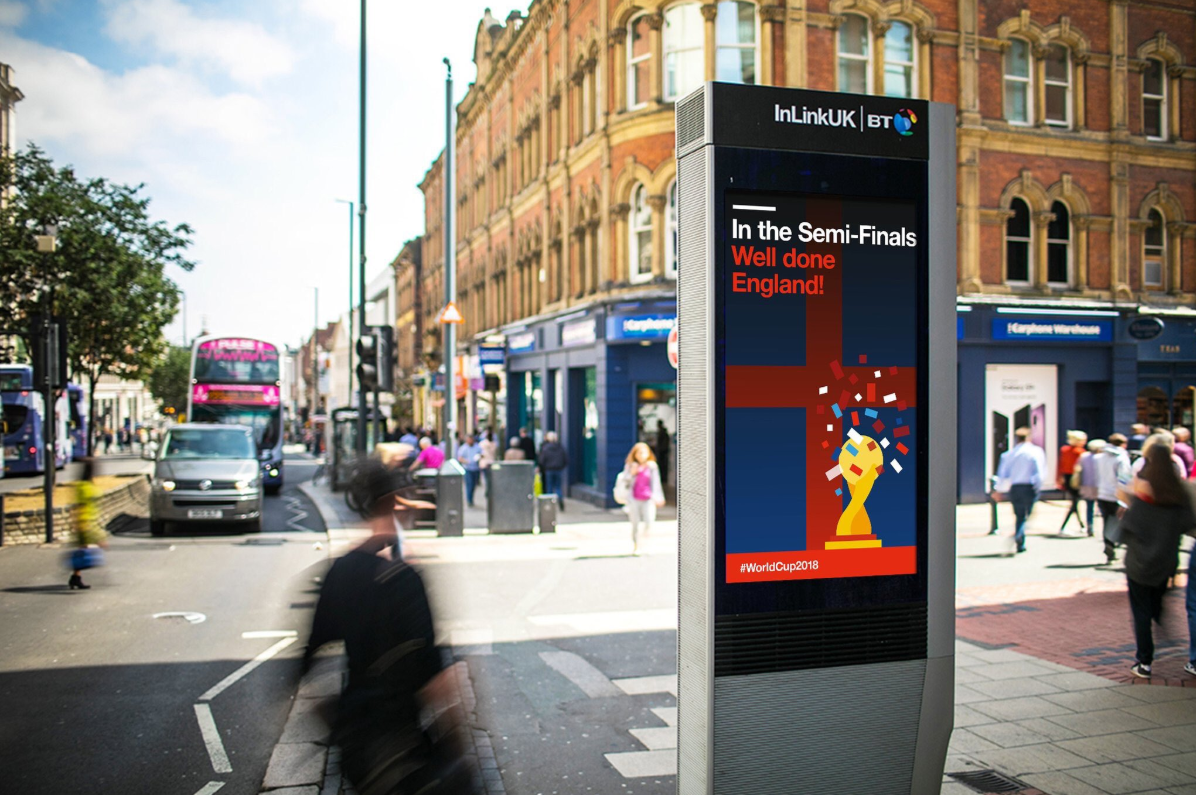
Creating a Real Impression
Steve Bernard , Insight Manager, Primesight | 2018-07-23

The Golden Age of Outdoor
Ric Albert , Creative Director, Grand Visual | 2018-05-25
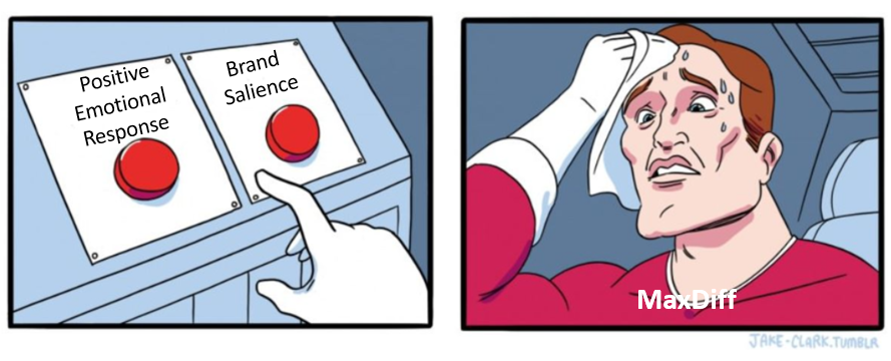
Where I differ from Max
Tim Lumb, Outsmart Director | 2018-03-14
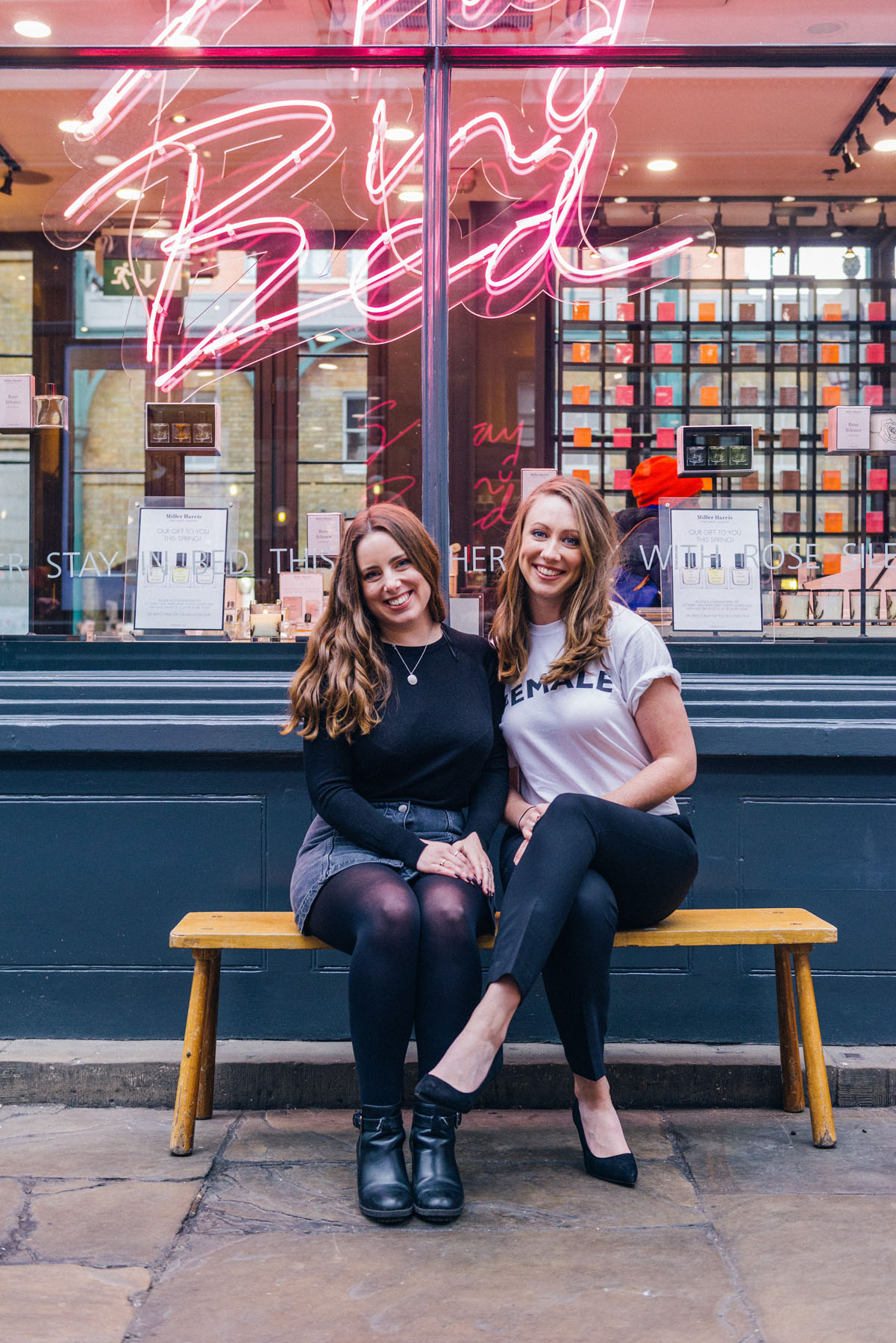
Which of your friends does OOH most resemble?
Natalie Moores, Founder, Mac&Moore | 2018-03-01
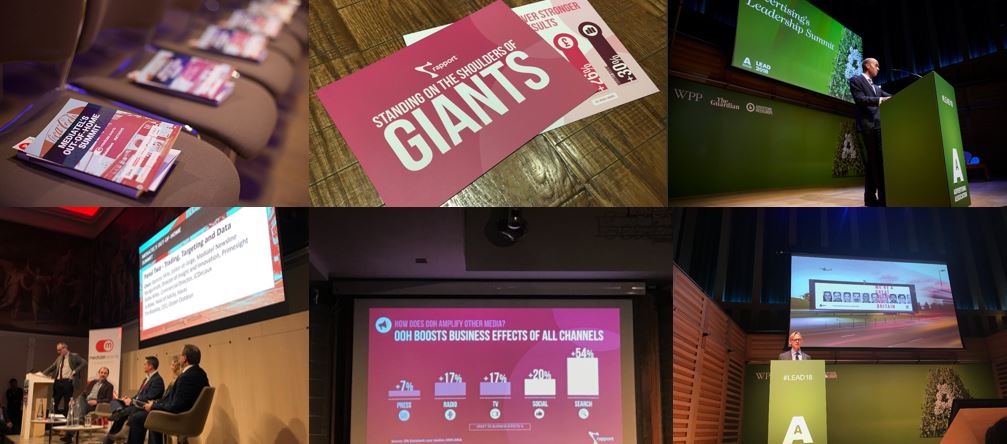
An Insightful Hat-Trick
Katherine Ashmore, Communications Manager at Outsmart | 2018-02-01
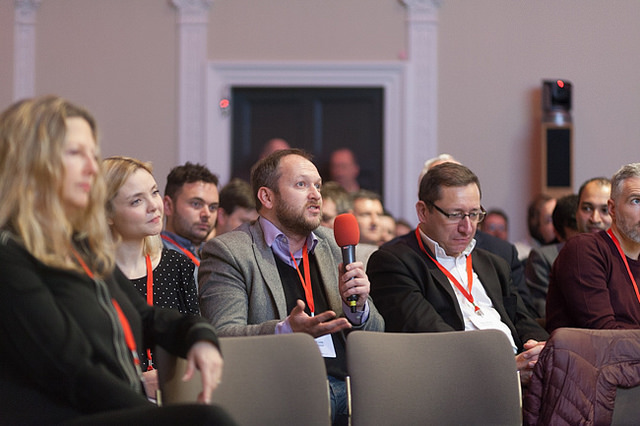
So... What Does Outsmart Do?
Tim Lumb, Insight & Effectiveness Director of Outsmart | 2018-01-30
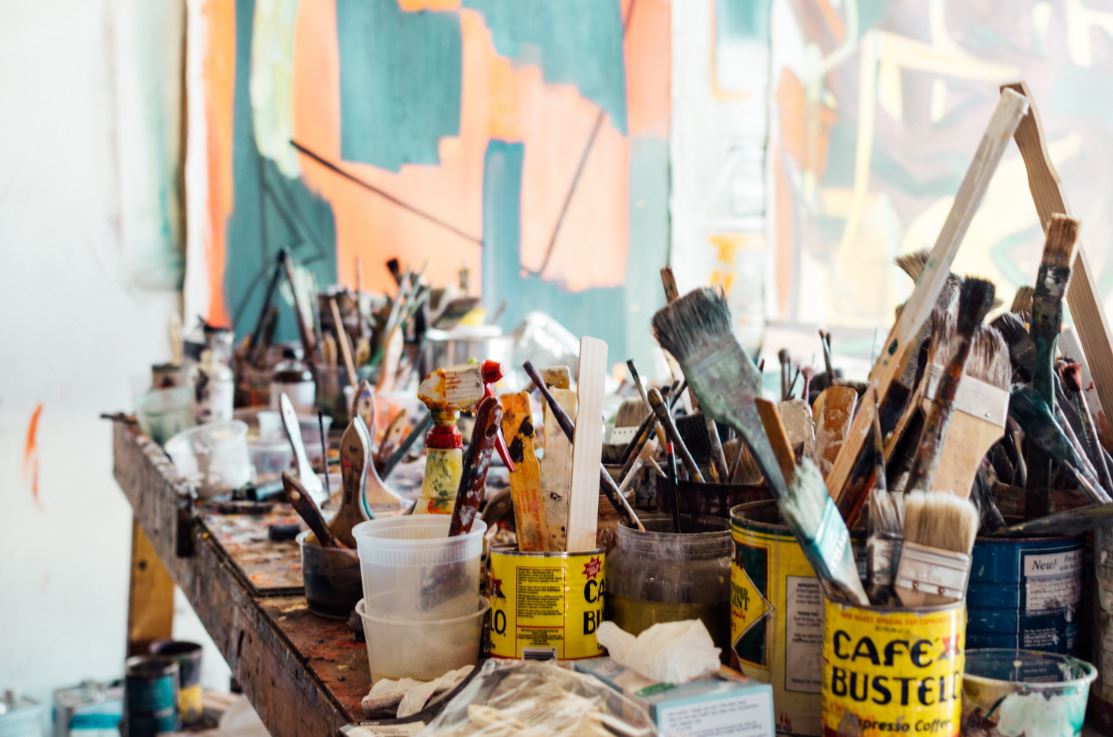
Break the Mould - blowUP Bans Media Lunches
Simon Russell, Sales Director of blowUP Media | 2018-01-30

IPA TouchPoints research shows increase in multimedia usage
Nicola Barrett , Head of Research, Exterion Media | 2017-09-19
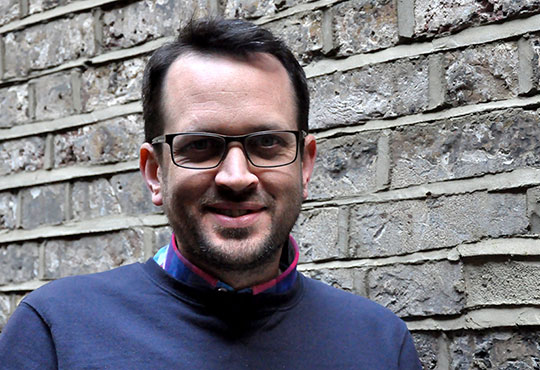
Digital OOH is Reaching the Tipping Point, But No Transformation in Sight at Cannes
Dan Dawson, Chief Creative Technology Officer, Grand Visual | 2017-07-04
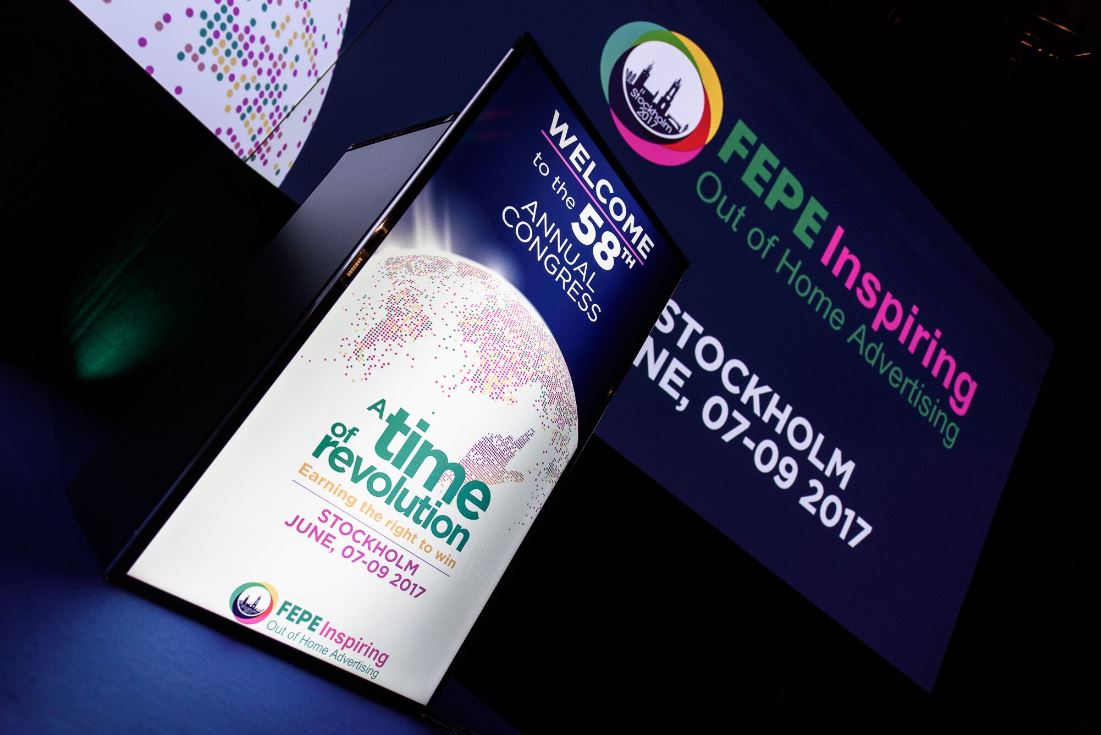
FEPE Congress First Timer
Tim Lumb , Insight & Effectiveness Director, Outsmart | 2017-06-26
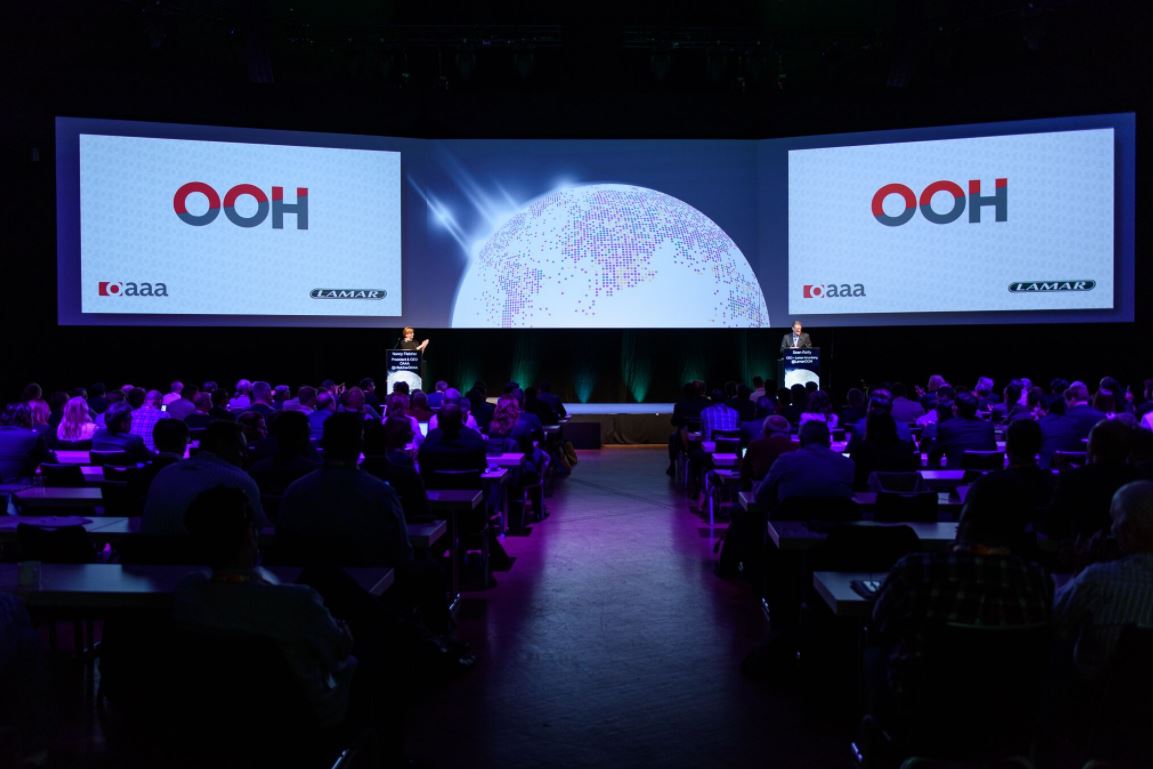
Summary of FEPE International Congress Stockholm 2017
Stephen Foster, | 2017-06-23
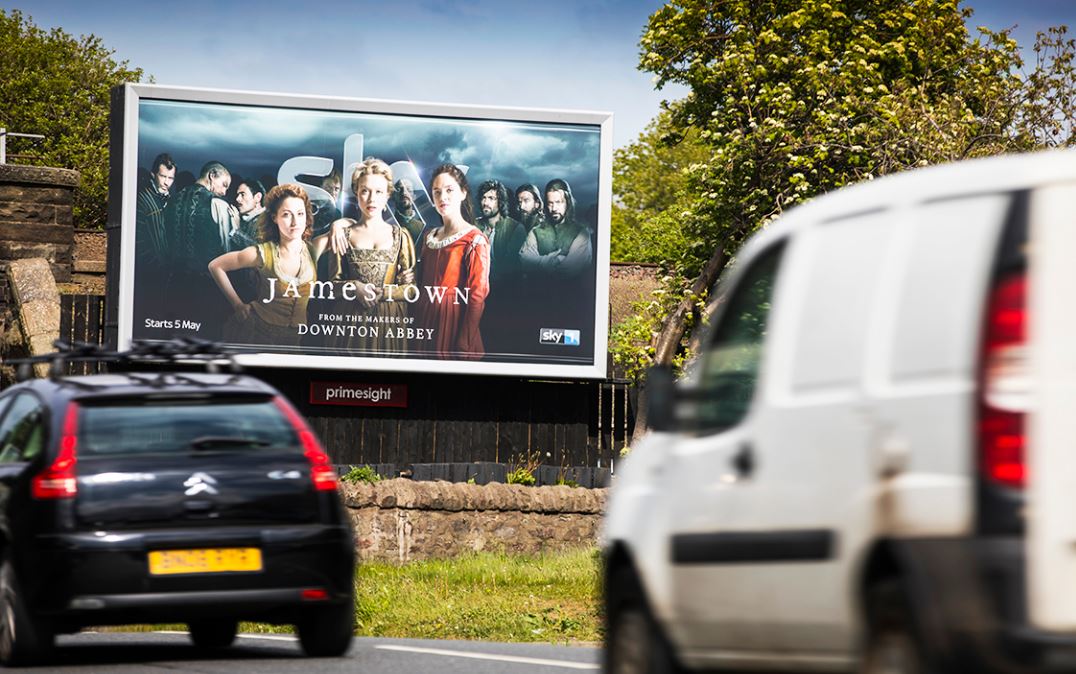
A Time of Revolution: OOH must earn its place as a core media buy
Rubbi Bhogal-Wood , Head of Airport Sales, Primesight | 2017-06-16
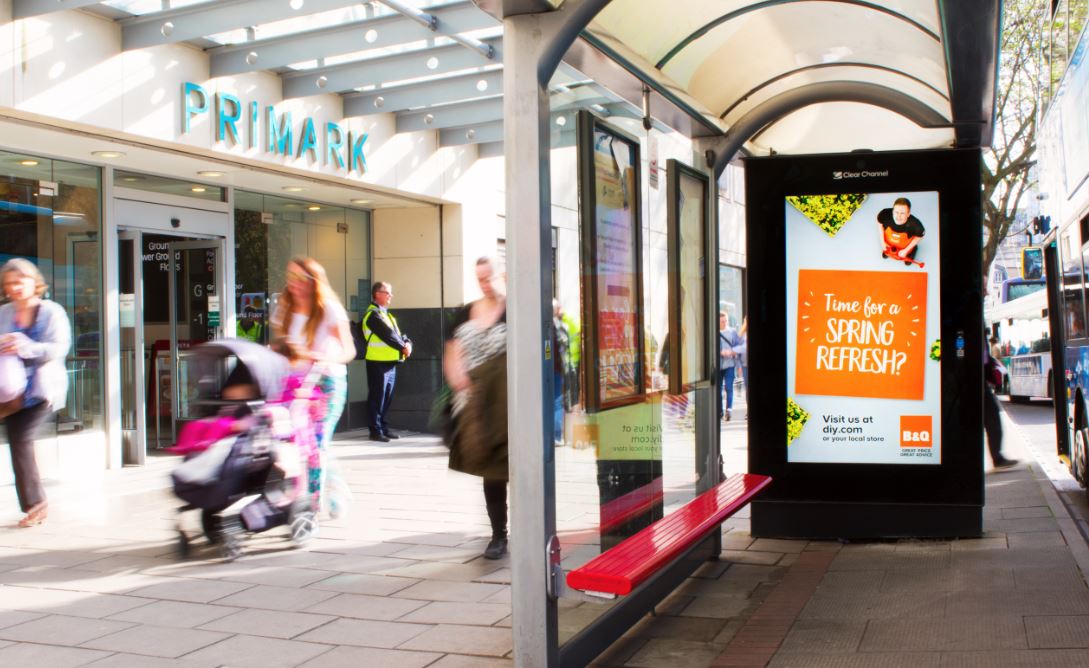
Special Offer this weekend! Why DIY does DOOH
Stephen Loncar, Chief Strategy Officer, Clear Channel | 2017-06-16
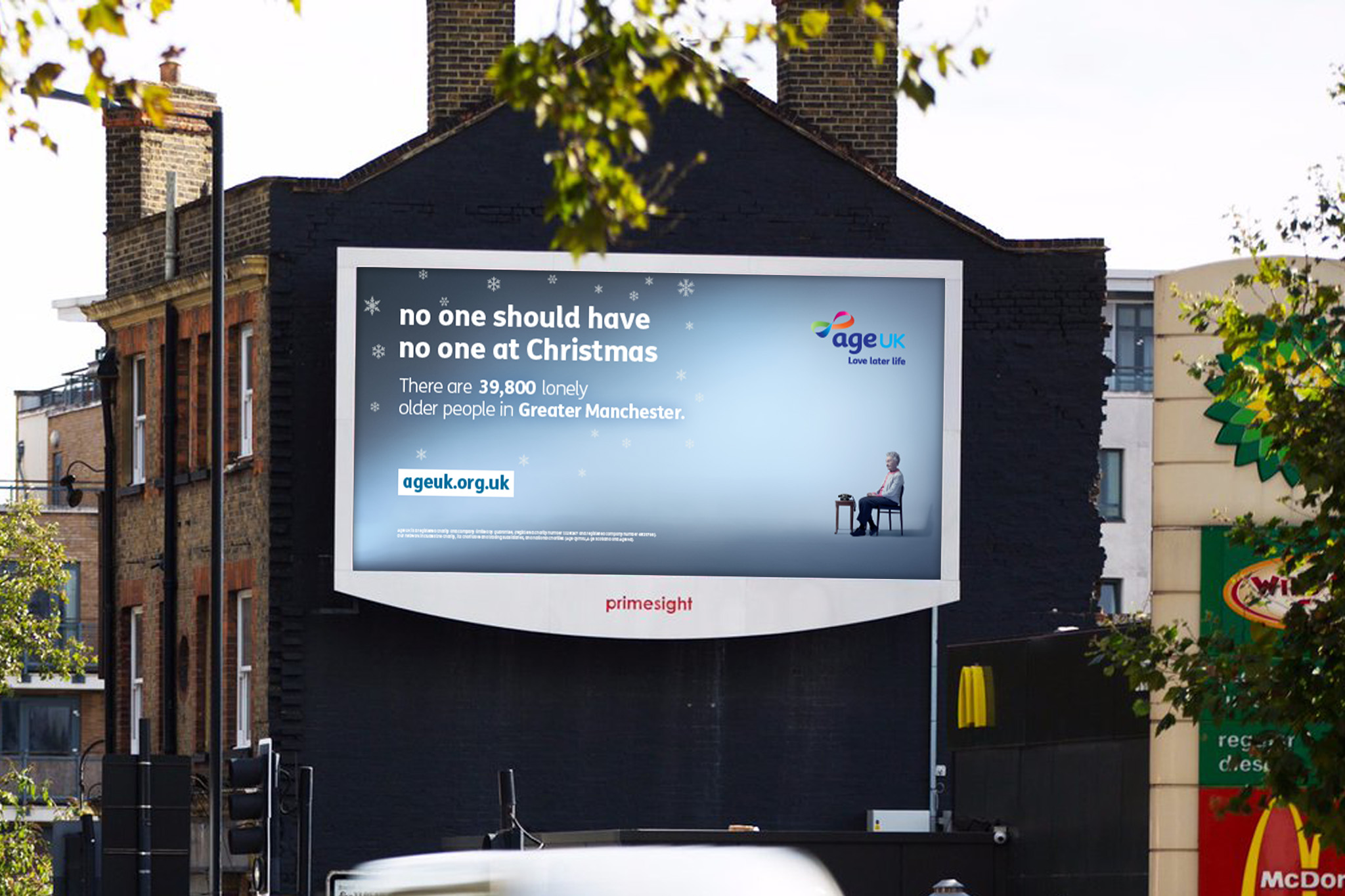
Smart Linear: Maximising the Potential of Digital
Ric Albert, Digital Director, Grand Visual | 2017-06-01
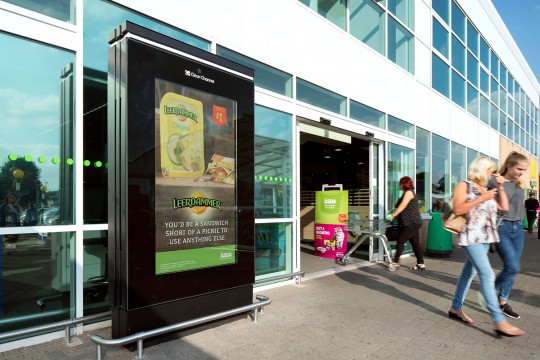
Proof that Out of Home is Good for Fast Moving Consumers
Tim Lumb, Insight & Effectiveness Director, Outsmart | 2017-02-24
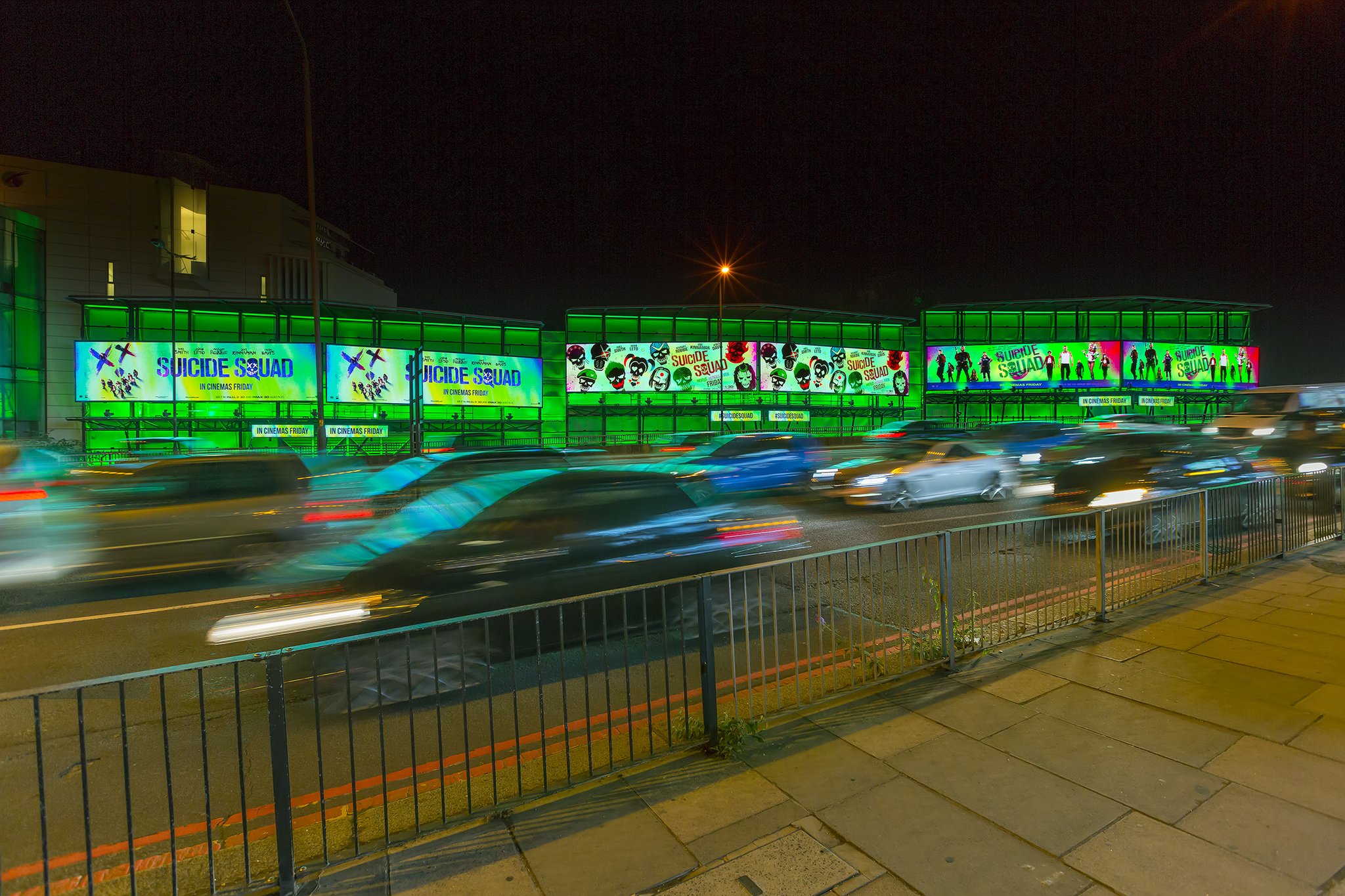
How to Successfully Roll Out Global Campaigns Across International DOOH Networks
Ric Albert, Digital Director, Grand Visual | 2017-02-01
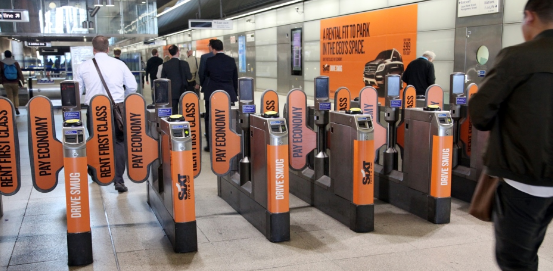
Winners can be chOOHsers
Tim Lumb, Insight & Effectiveness Director, Outsmart | 2017-01-25
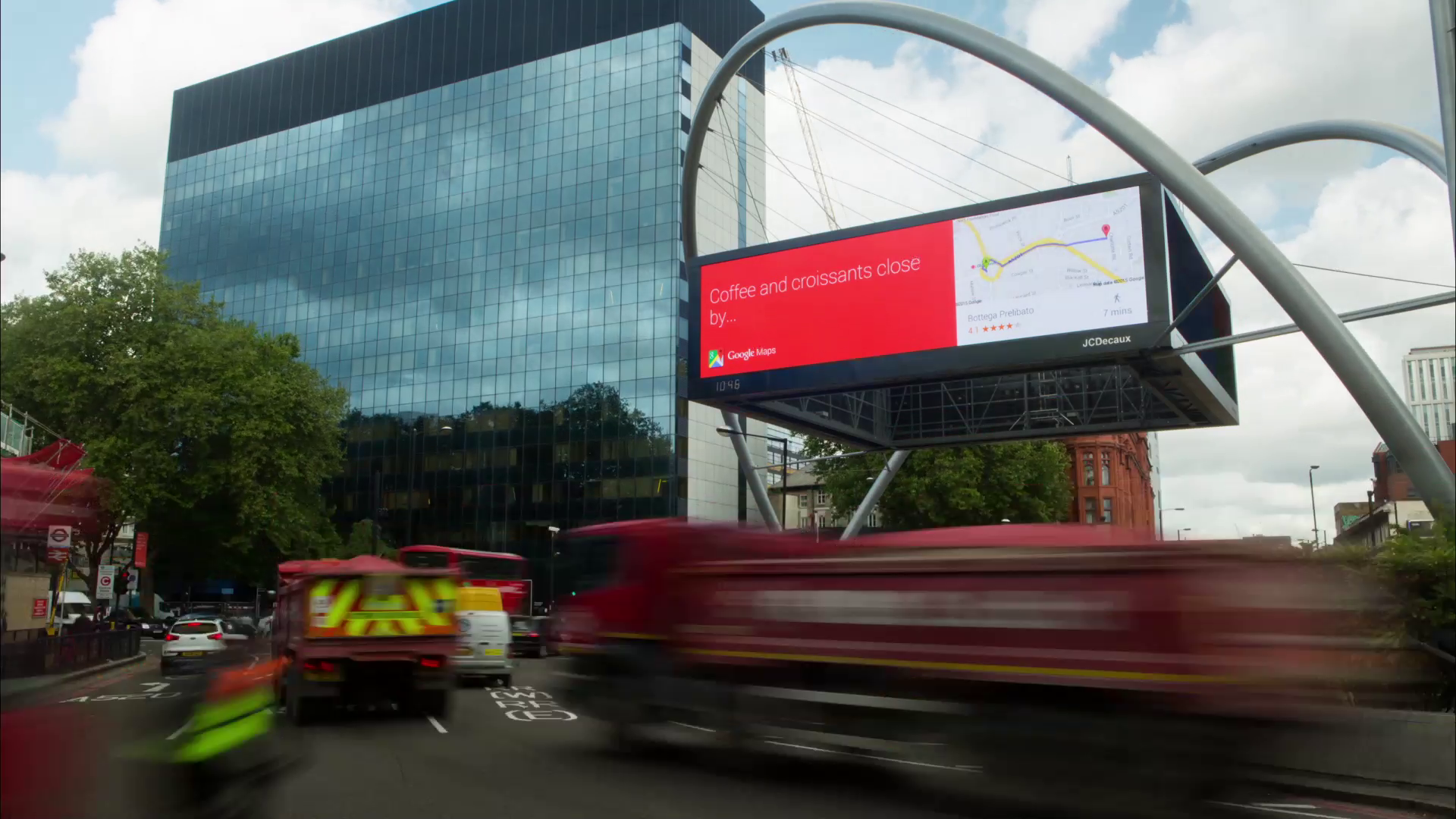
Turning Data Into Meaningful, Empowering Digital Out Of Home Experiences
Neil Morris , Founder & CEO of Grand Visual | 2017-01-06
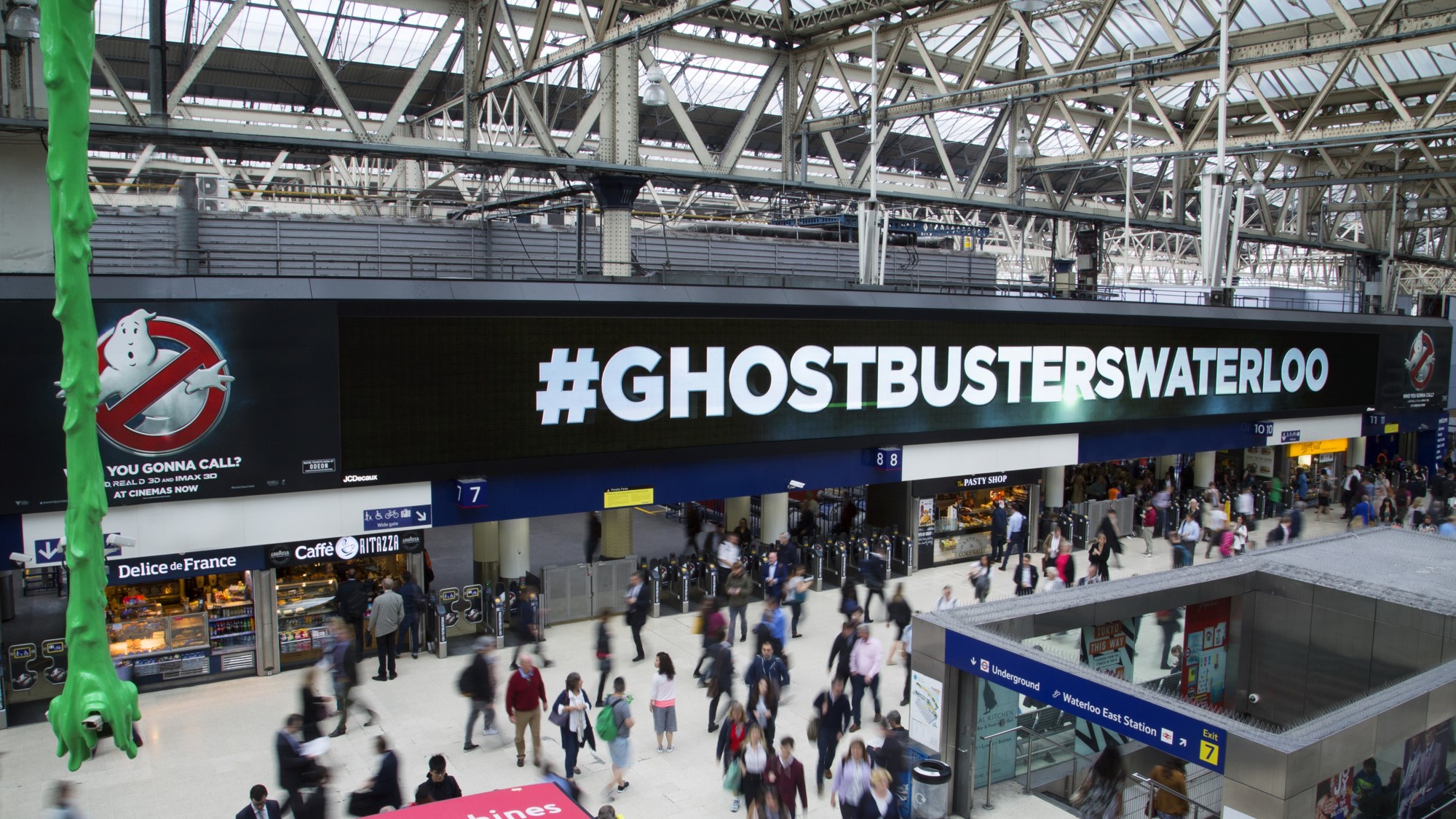
Automation will free us to add value where it counts
Charlie Makin, Investor and Board Advisor of Bitposter | 2016-11-08

Dan Dawson on Cannes
Dan Dawson, Chief Creative Technology Officer, Grand Visual | 2016-07-05
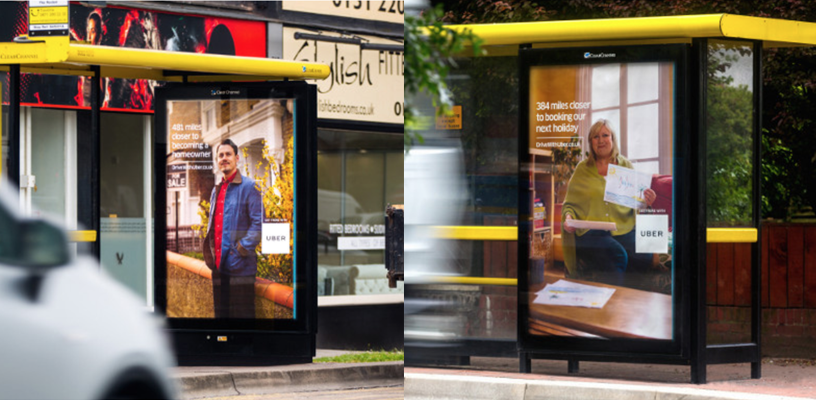
Disrupt me now
Katie Ingram,, Strategy Planning Director | 2016-07-01

Why add Twitter to OOH?
Gemma Proctor, Research Manager, Twitter | 2016-06-29
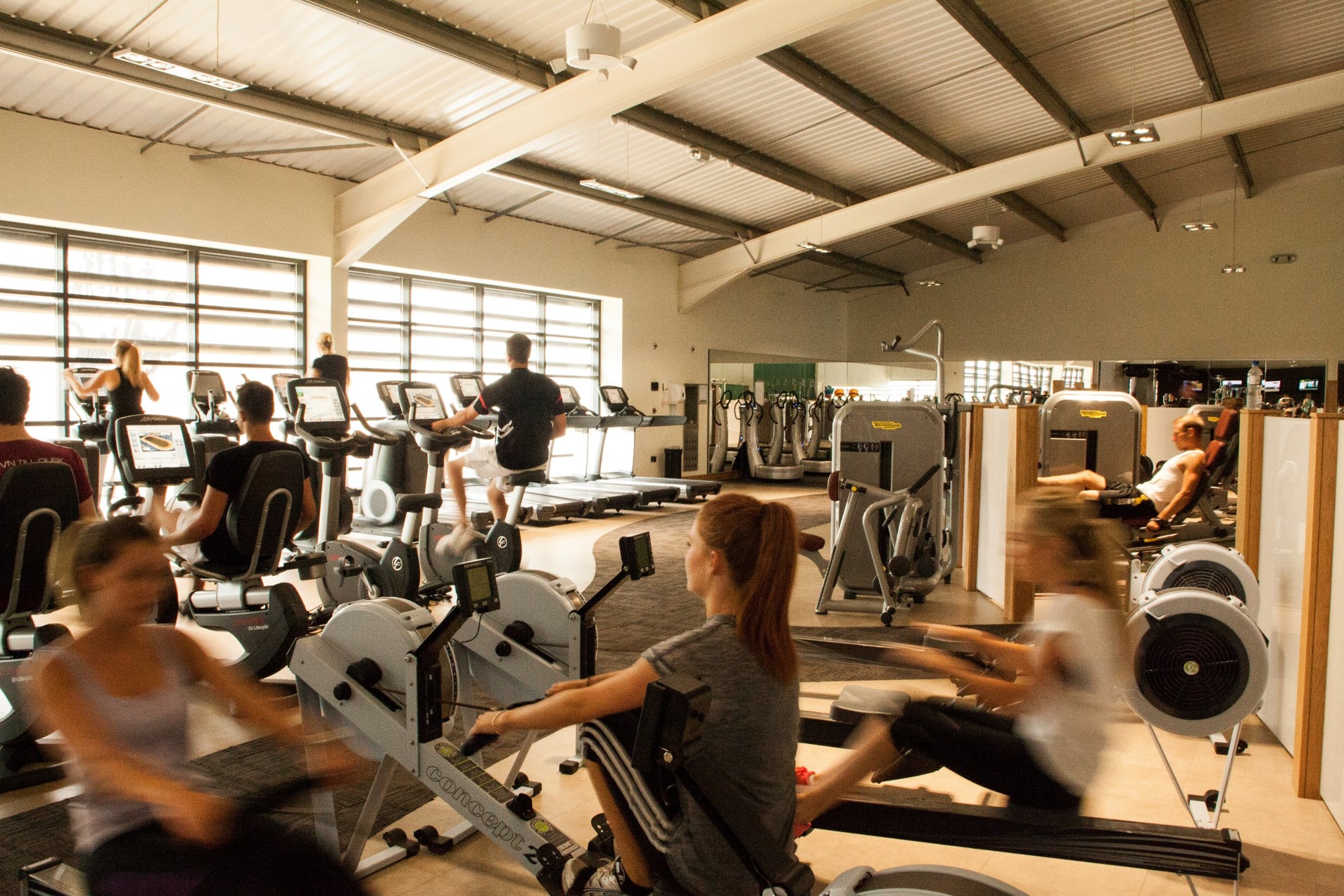
Health and Fitness – a national obsession
Dan Photi, Head of Sales, Boomerang Media | 2016-06-28
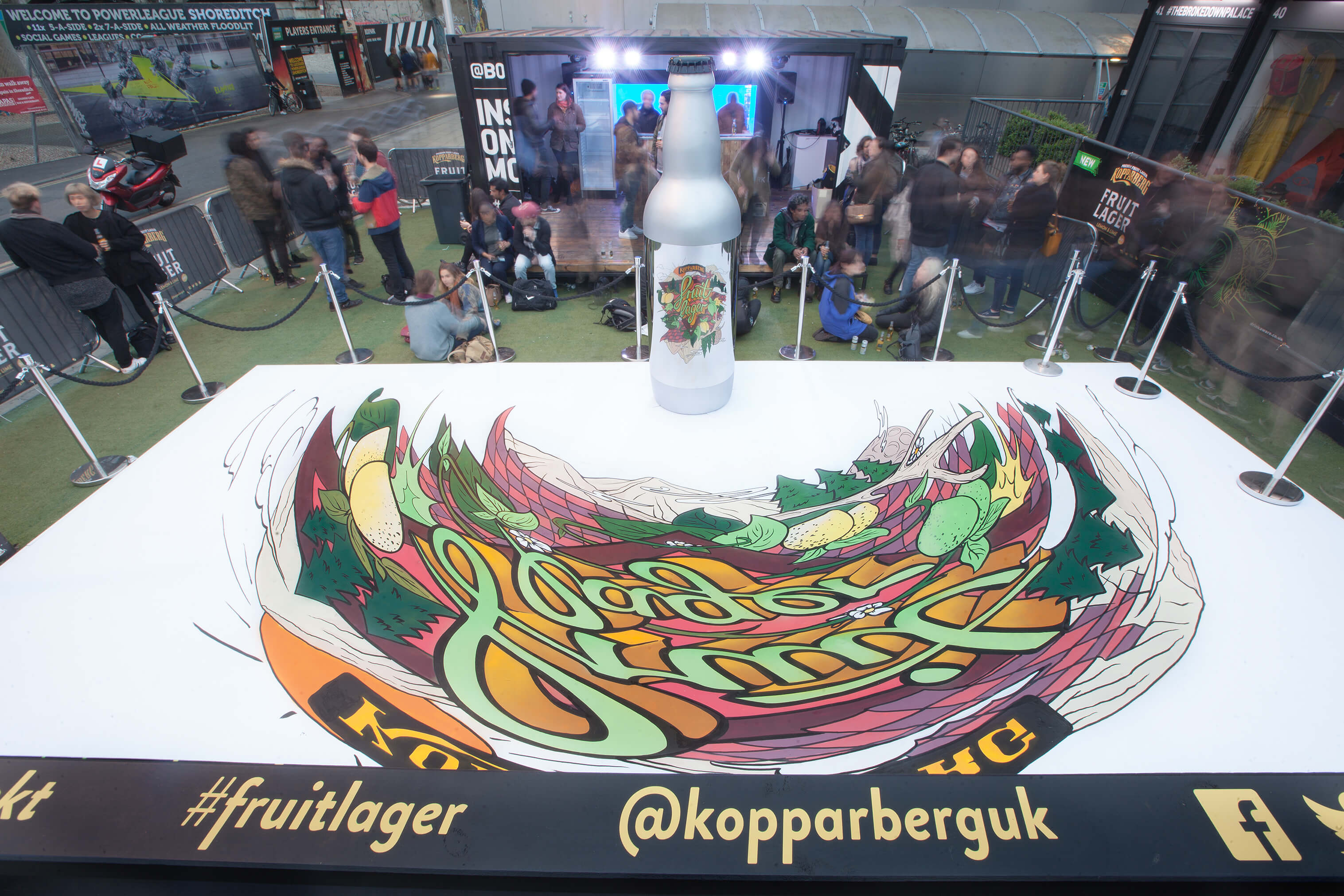
Kopping off - Science & Art get it on
Jo Scully, Assistant Strategy Planning Director | 2016-06-13
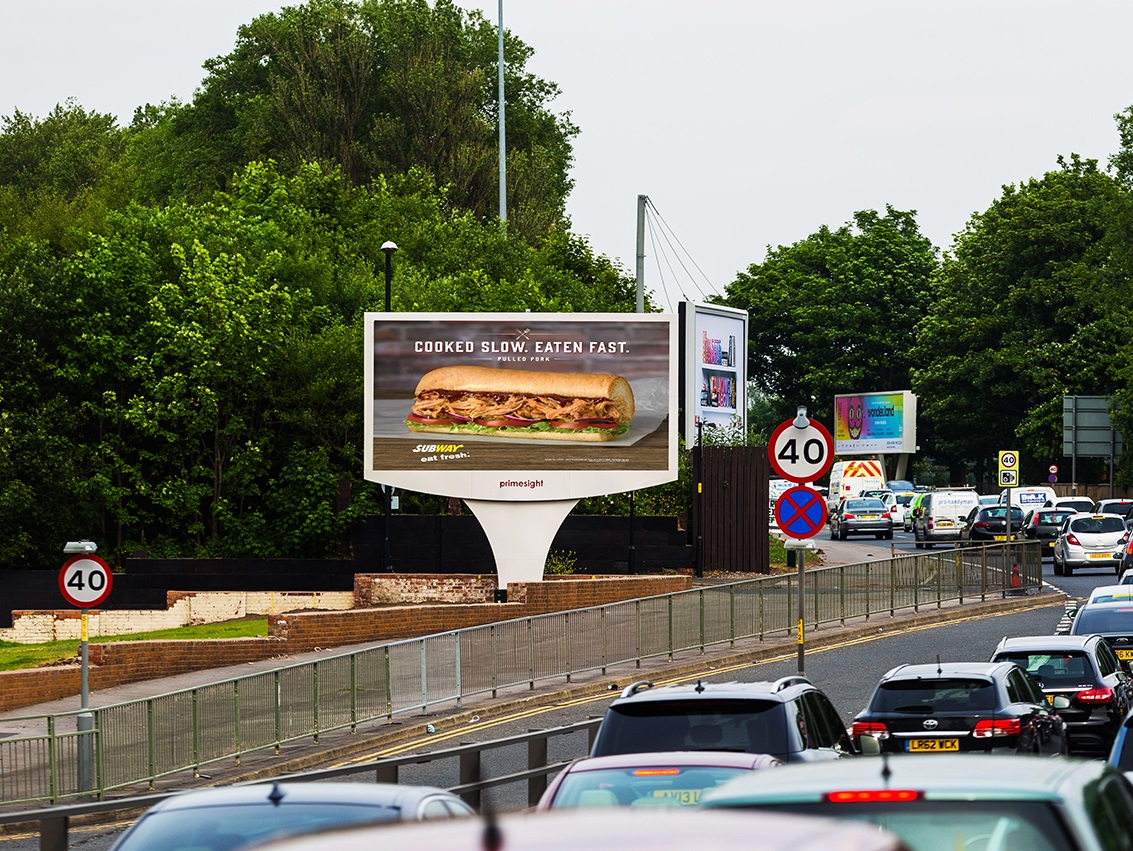
(I lied about being) The Outdoor Type
Keith Benzie, Client Partner, Space & Time | 2016-05-24
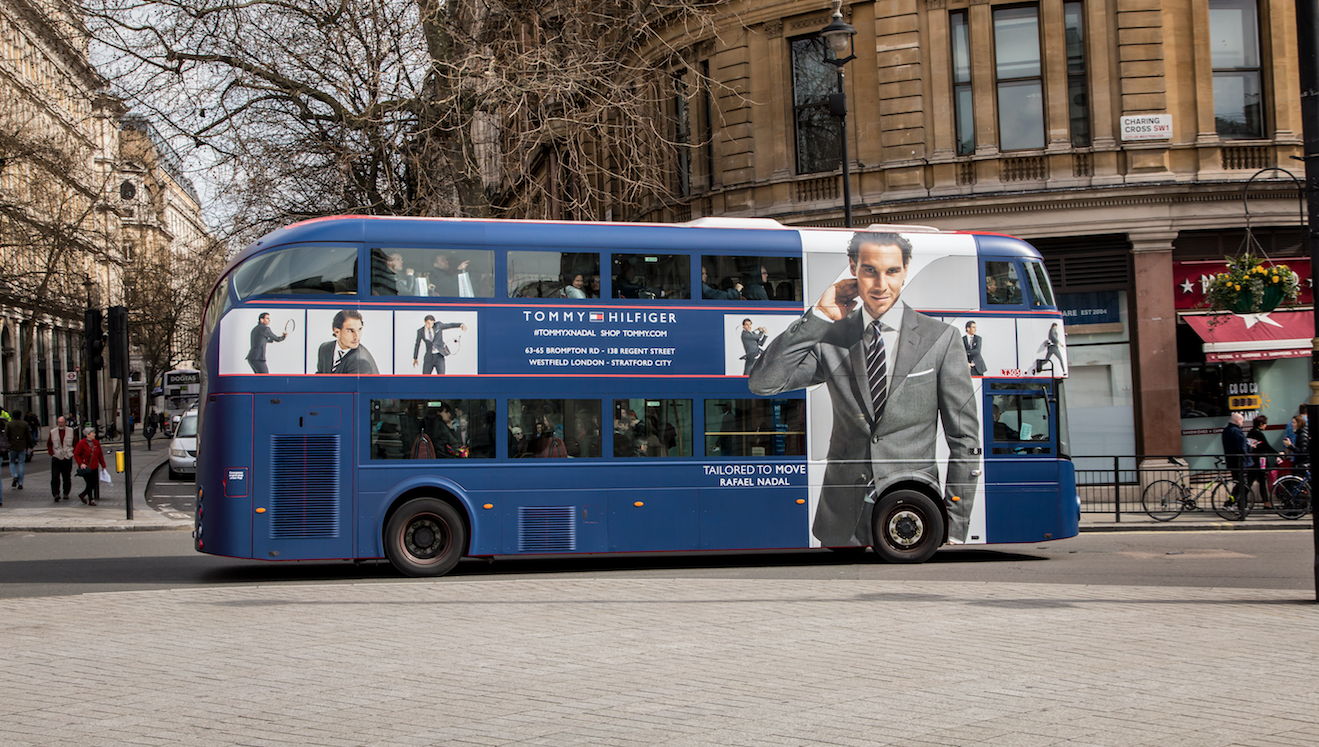
A Tale of Two Icons
Steve Bernard, Insight and Effectiveness Manager | 2016-05-18

Traincards come of age
Ian Reynolds, CEO at KBH On-Train Media | 2016-05-16
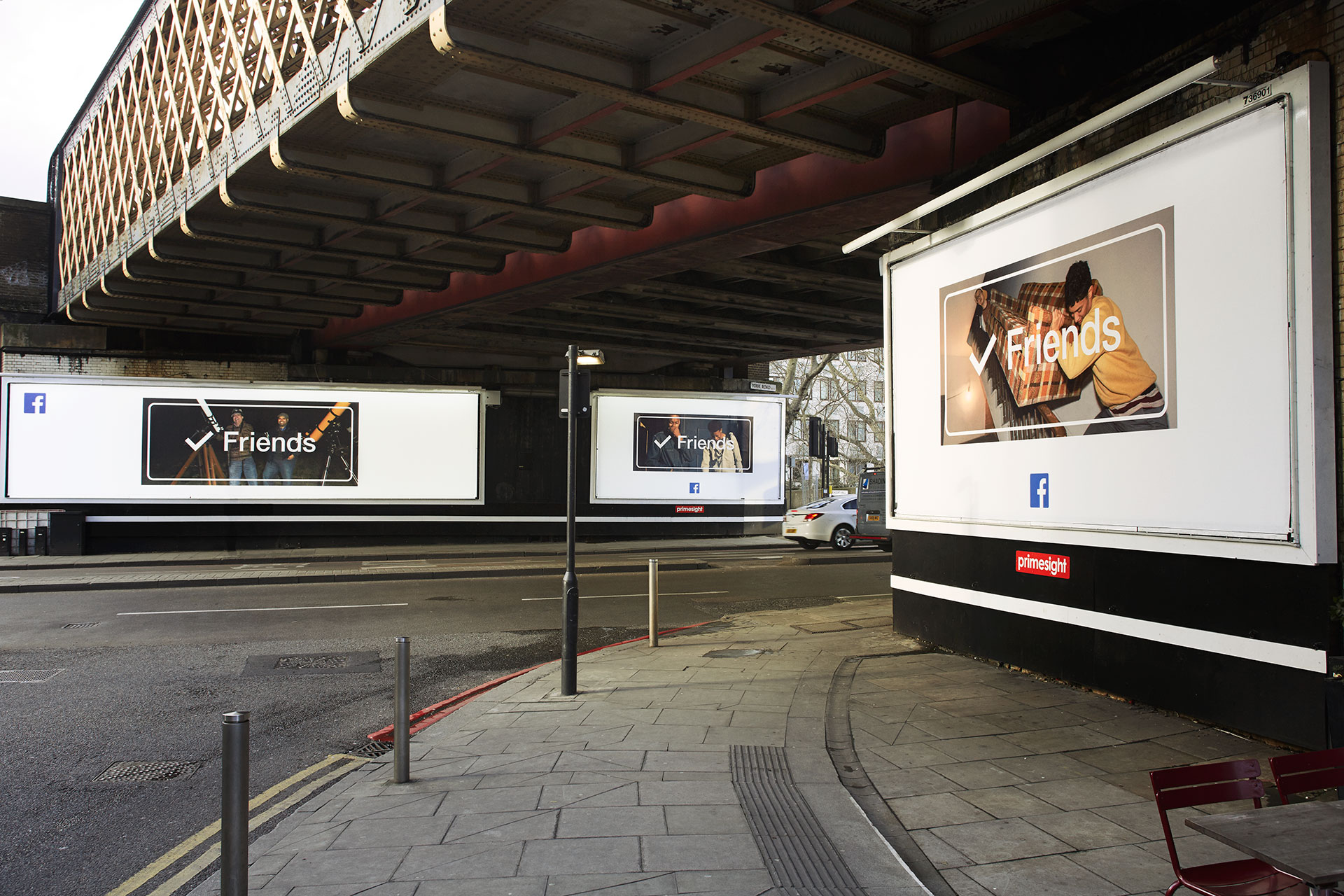
Behind every great idea, there is a great poster
Sinead Hensey , Strategy Planning Manager | 2016-04-25
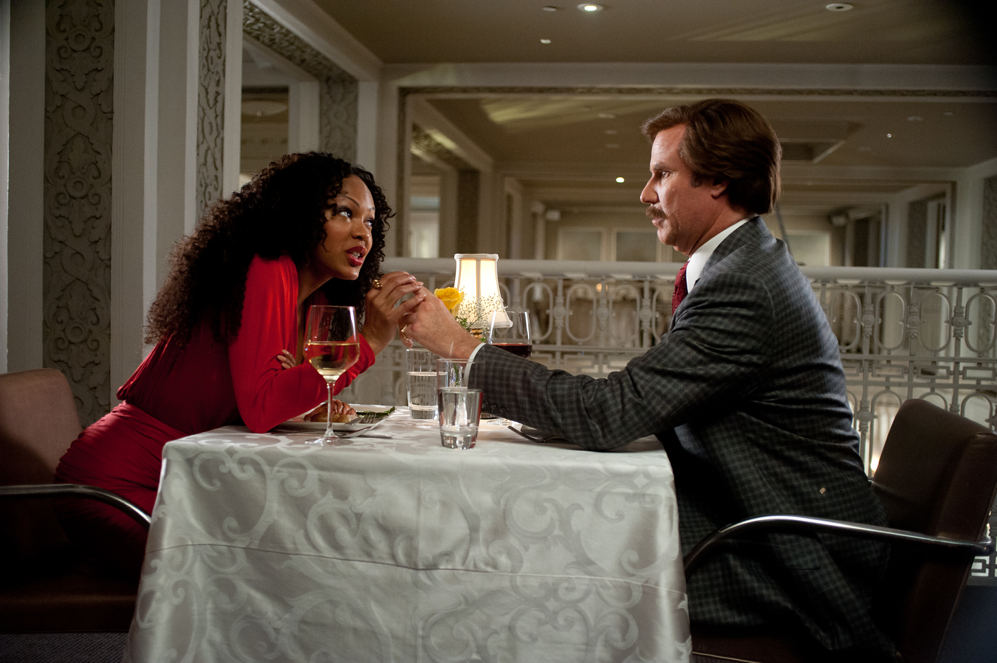
Listen, Ron. Have you ever heard of synergy?
Jo Scully, Assistant Strategy Planning Director | 2016-04-22
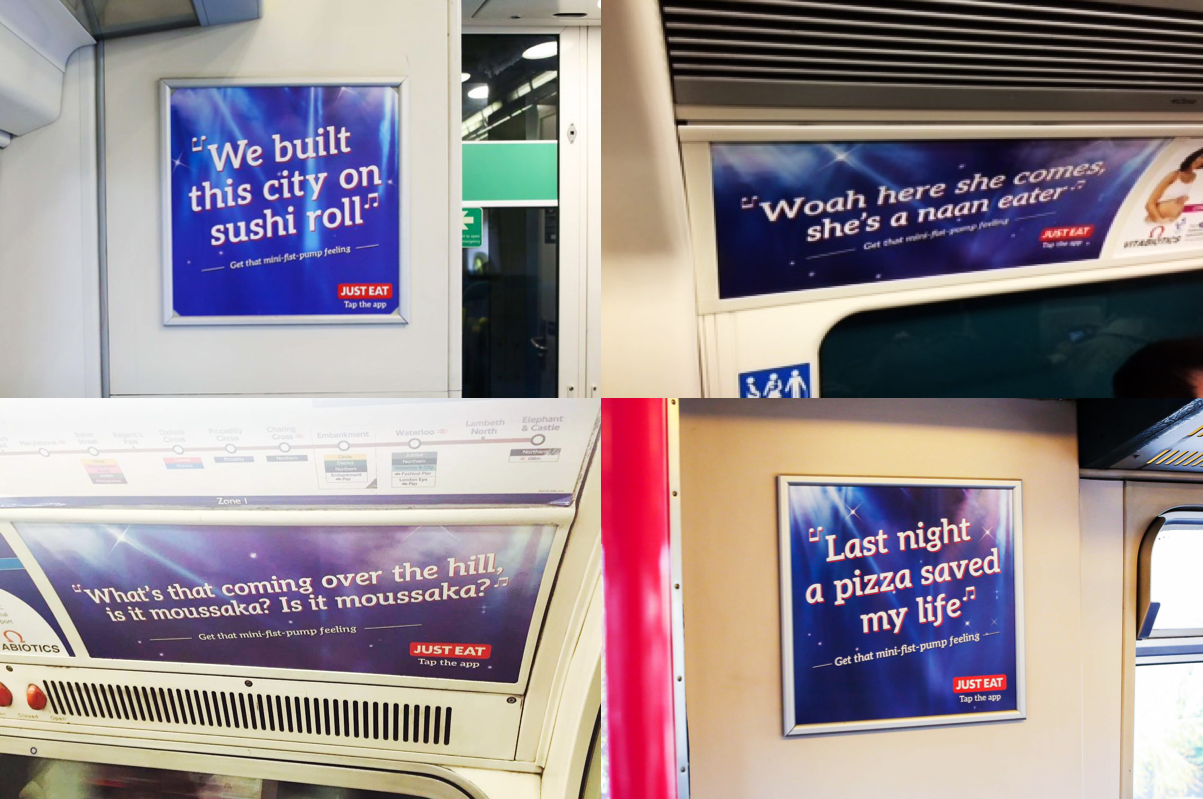
I challenge you not to sing along in your head!...
Jali Henry, Office Manager | 2016-04-19
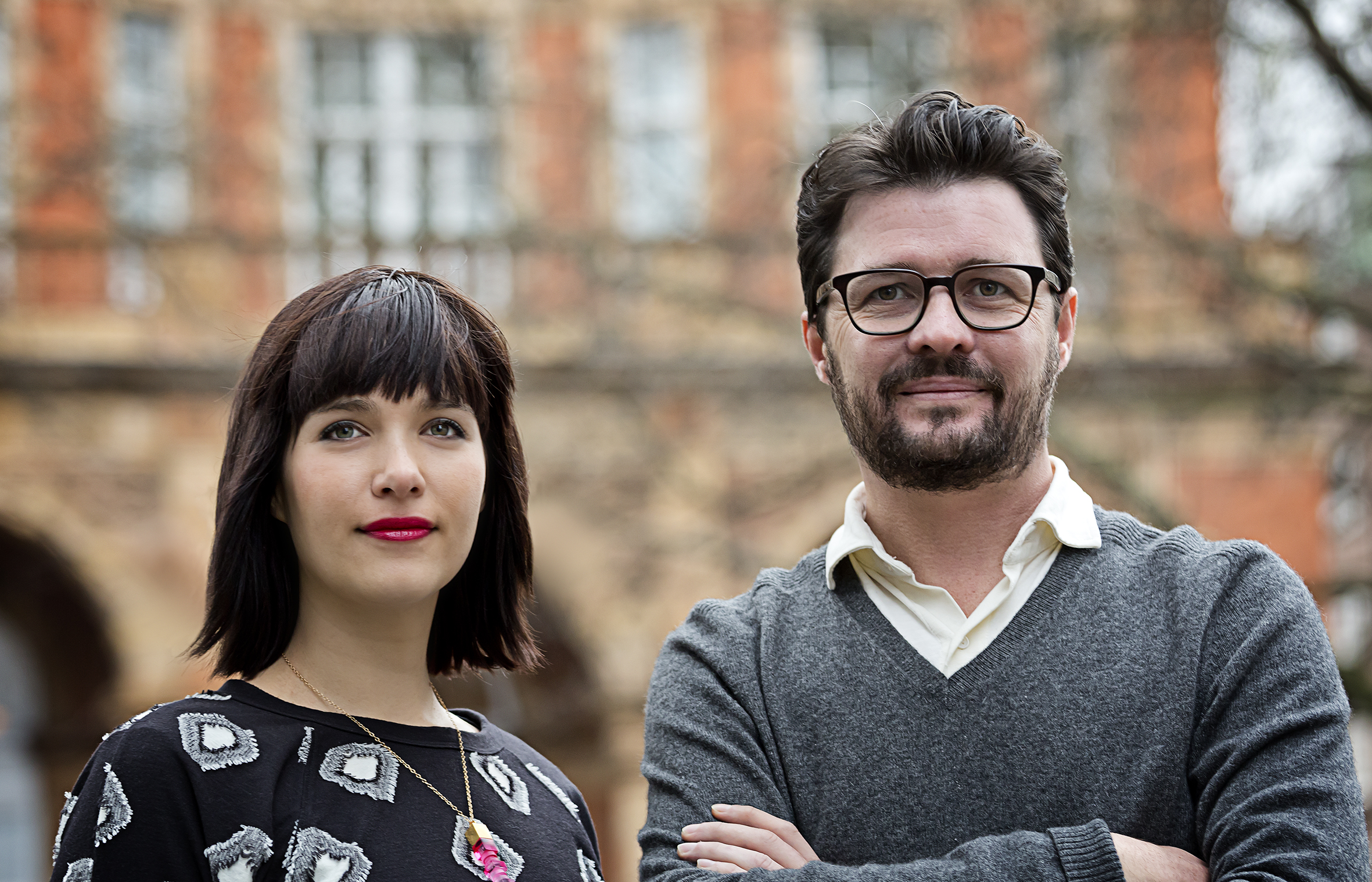
The Future of Out of Home Advertising
Nadja Lossgot & Nicholas Hulley, Creative Directors at AMV BBDO | 2016-04-11
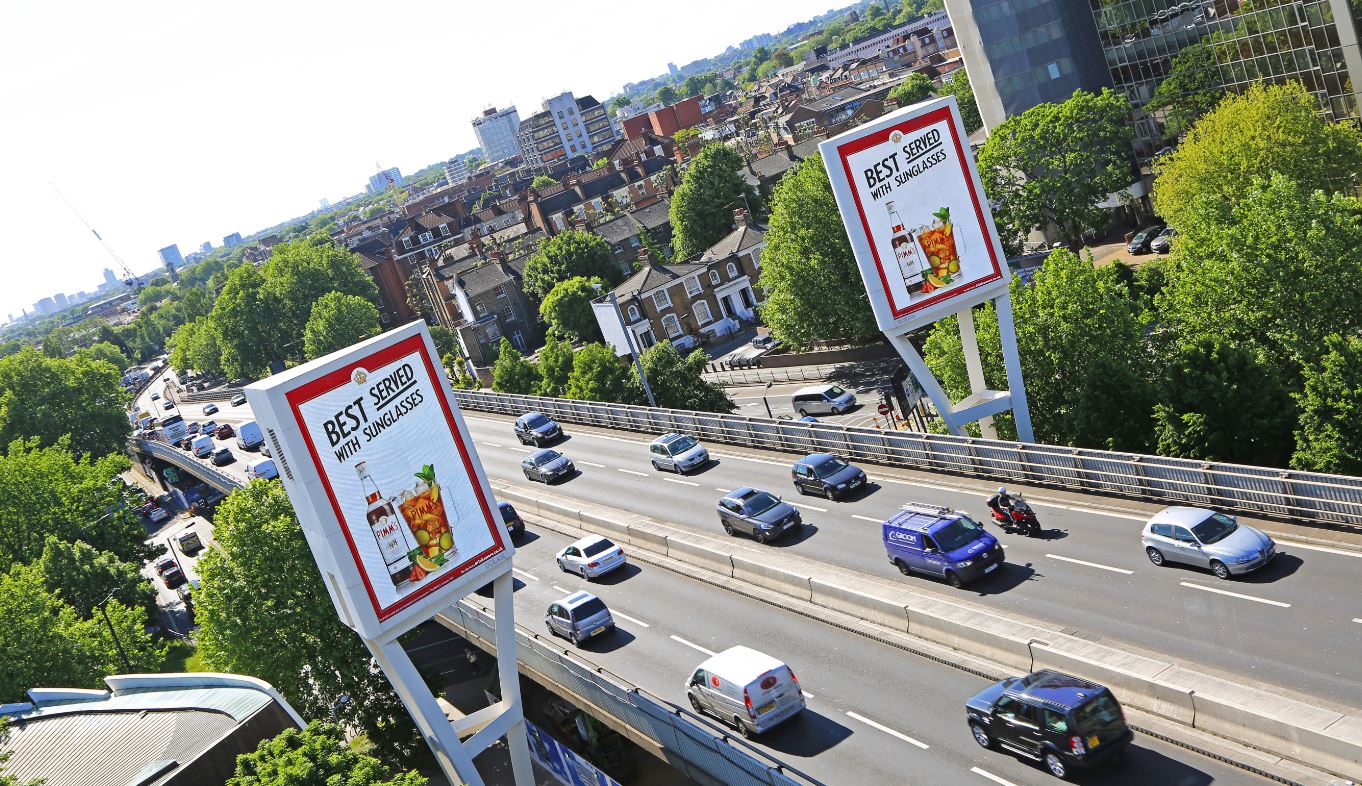
Using data to plan OOH enhances campaign performance by up to 200%
Russell Smither, Insight Planning Director at Posterscope | 2016-03-30
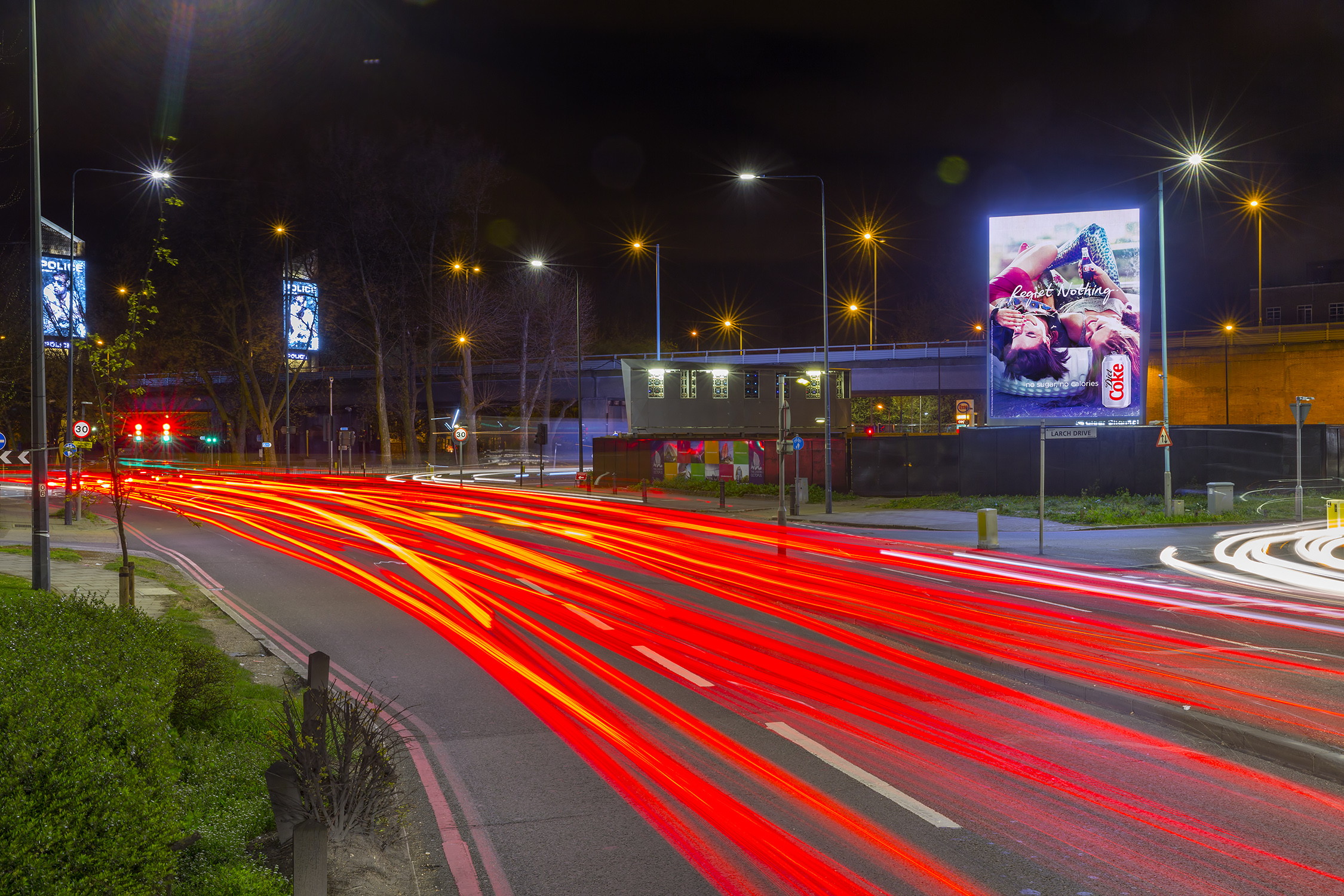
I would advise marketers using OOH not to see a poster as a Wikipedia entry, think of it as a piece of art
Jennie Sallows, Head of Insight EMEA at Kinetic | 2016-03-30
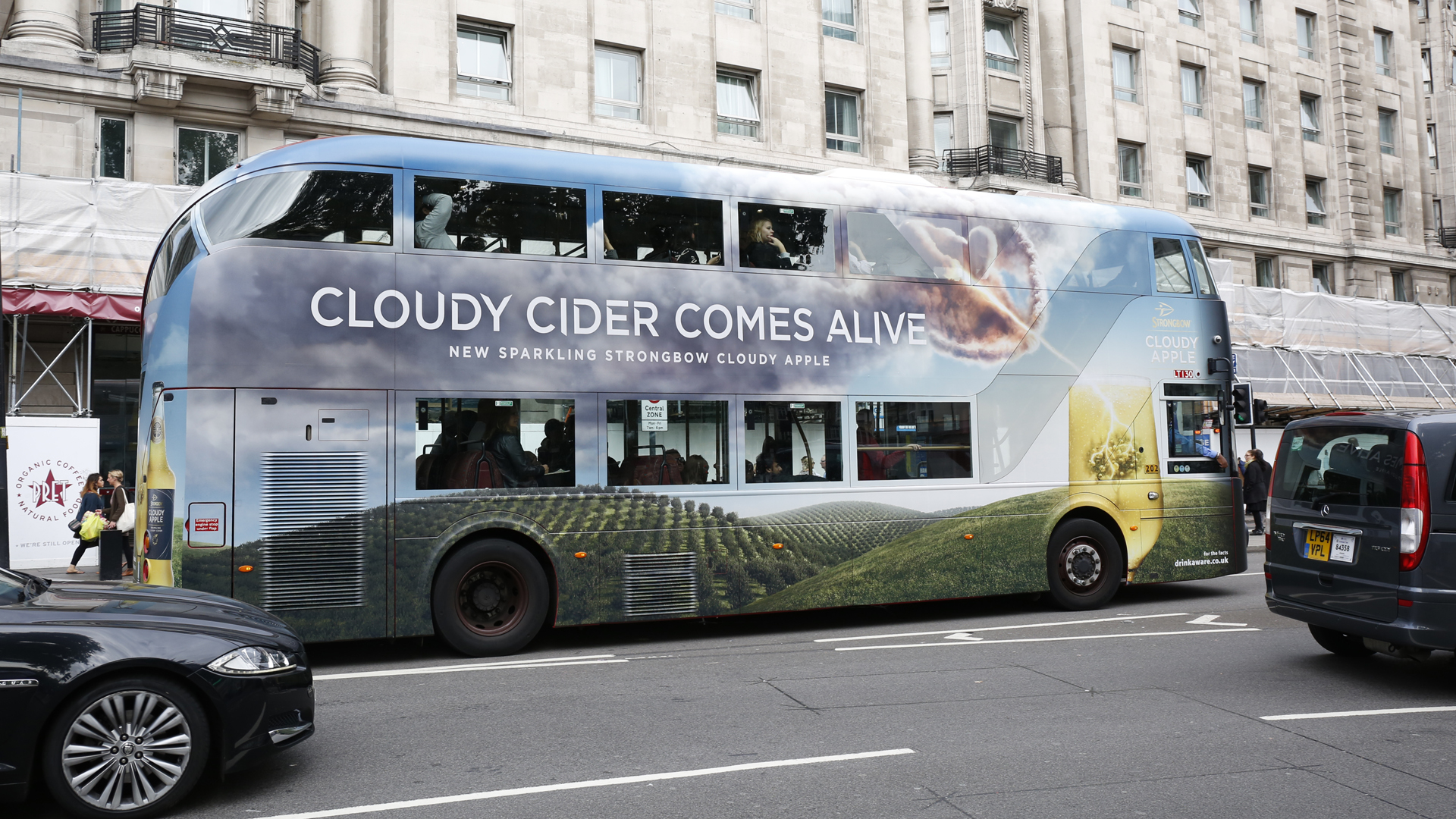
2016 is set to be a year of acceleration for the Out of Home industry
Steve Parker, co-CEO, Starcom Mediavest Group | 2016-03-29
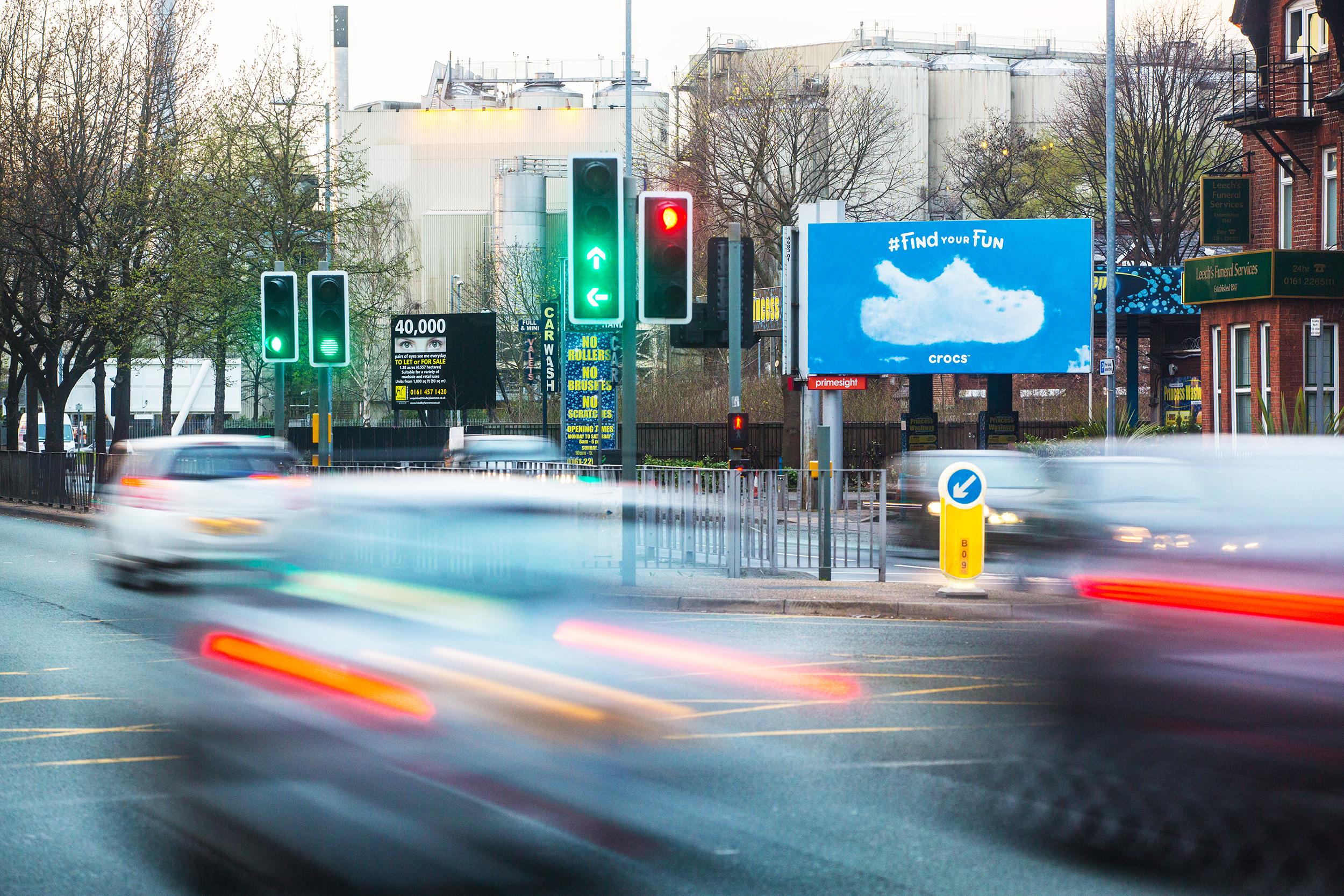
OOH remains the flexible canvas for which a guaranteed audience is never too far away
Dino Myers-Lamptey , Head of Strategy, the7stars | 2016-03-24
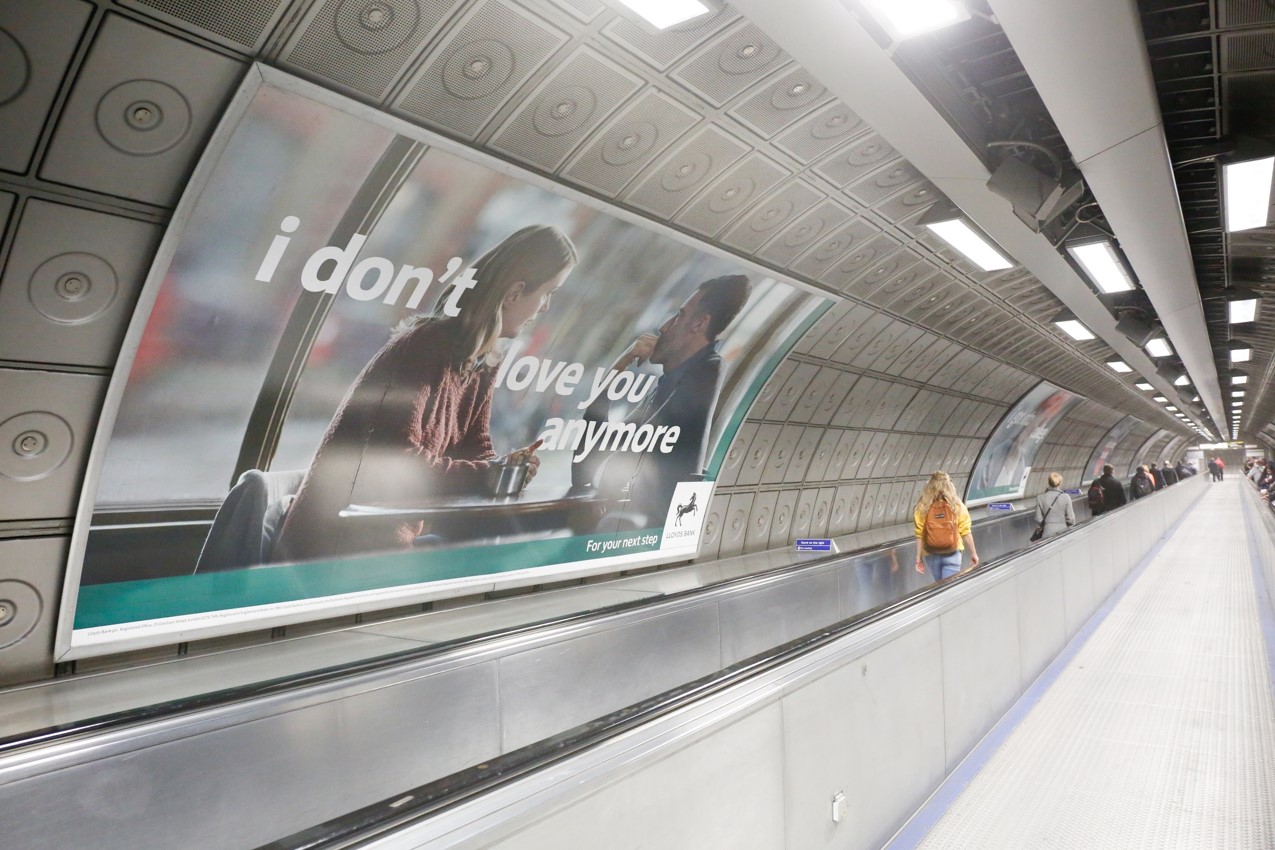
I don’t love you anymore
Jo Scully , Assistant Strategy Planning Director | 2016-03-21

OOH may be the oldest medium, yet it has shown remarkable resilience in reinventing itself
Grant Branfoot, Sales Director for Outdoor Plus | 2016-03-18

2016 is the year for OOH to become the stand out medium of the year
Chris Forrester , Managing Director for Primesight | 2016-03-18

London Victoria is a Celebrity Station
Martin Ives, Marketing Manager, T4media | 2016-02-25

Five trends in UK OOH advertising for 2016
Naren Patel, CEO and Customer Service Rep for Primesight | 2016-02-15
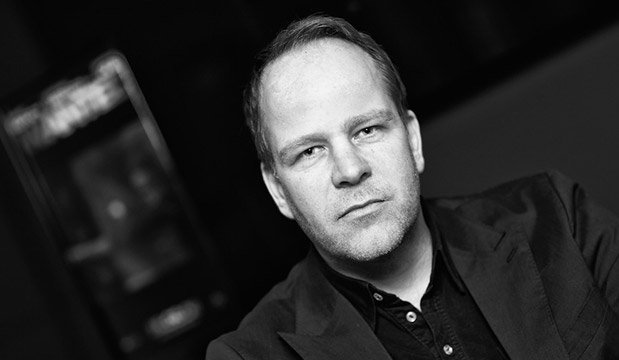
DOOH Trends & Game Changers
Neil Morris, Founder of Grand Visual | 2016-02-12
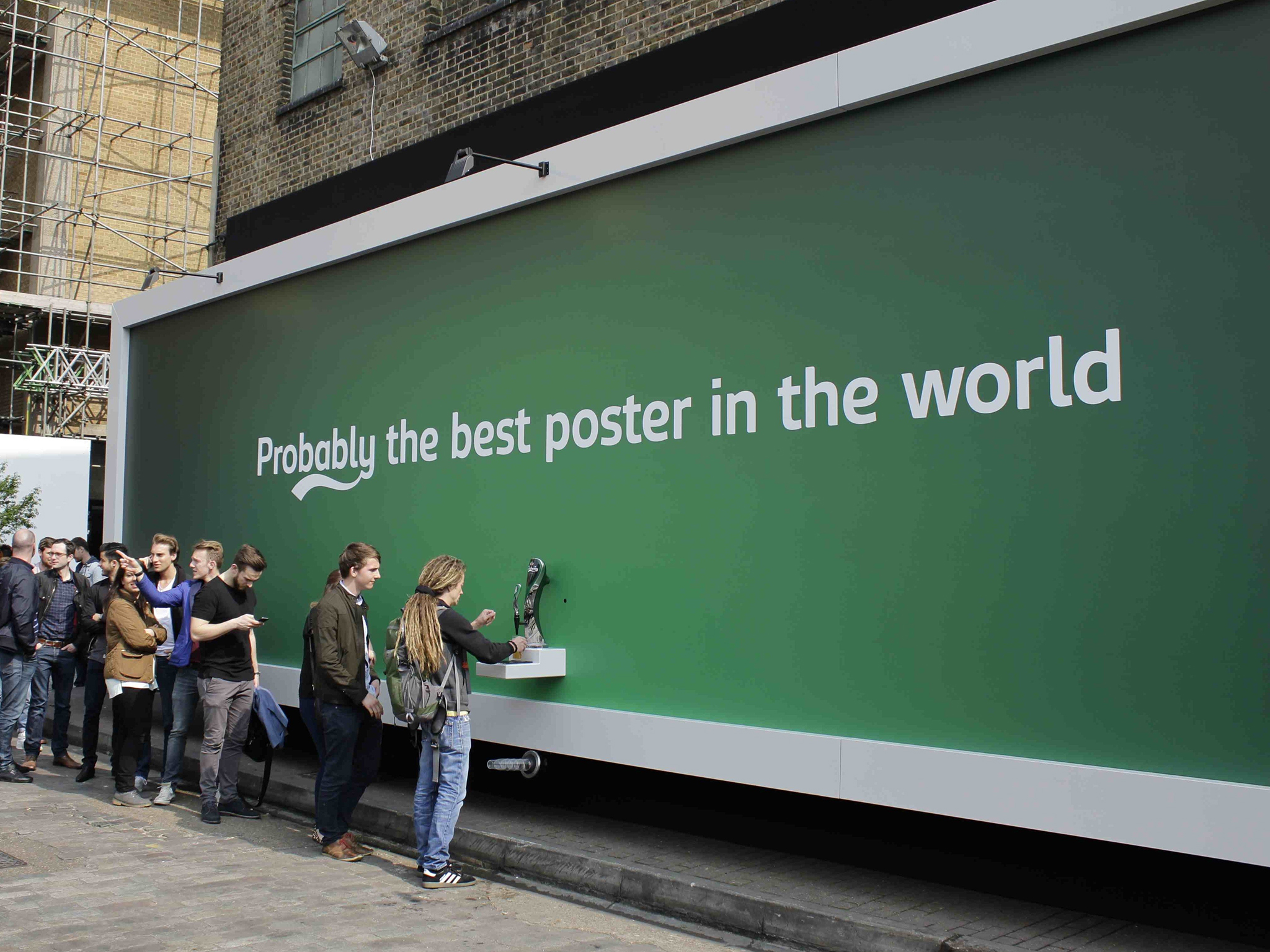
Definitely Some of the Best Posters of 2015
Katherine Ashmore, Communications Manager | 2016-02-11

Definitely Some of the Best Posters of 2015
Katherine Ashmore, Communications Manager | 2016-02-11
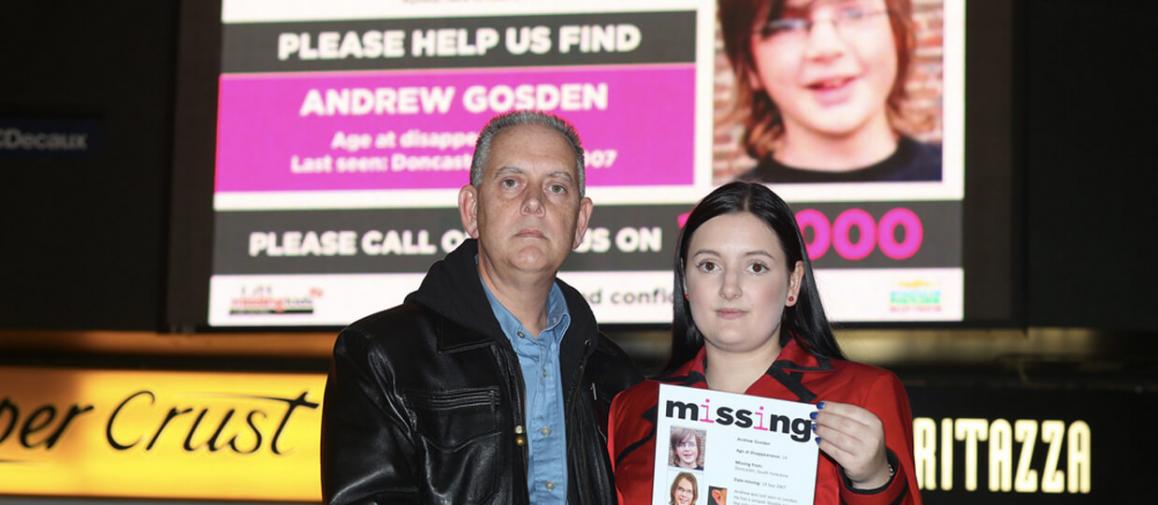
Missing People
Ross Miller, Director of Fund Raising and Communication, Missing People | 2016-02-01
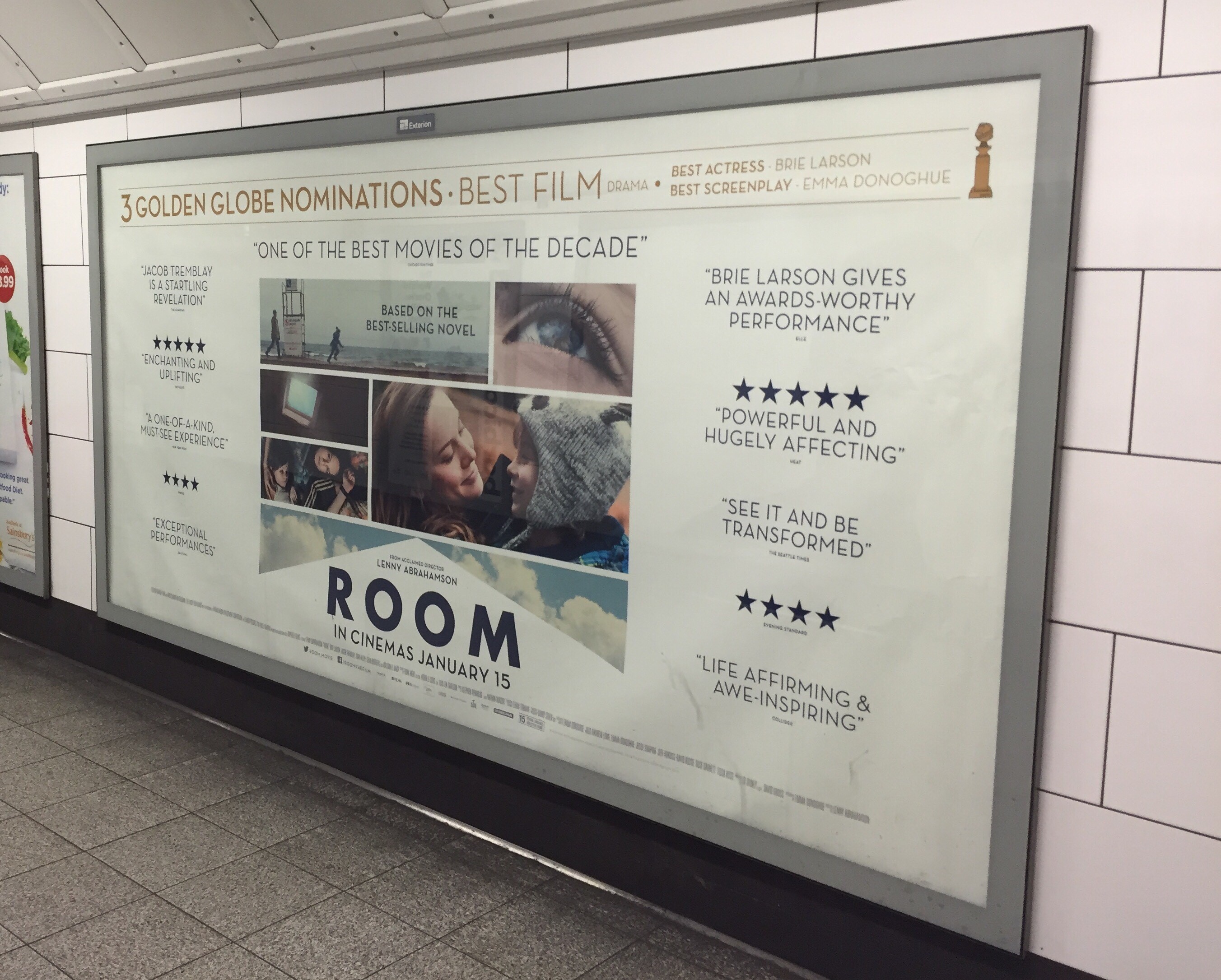
Big Poster to the Big Screen
Sinead Hensey, Strategy Planning Manager | 2016-01-22
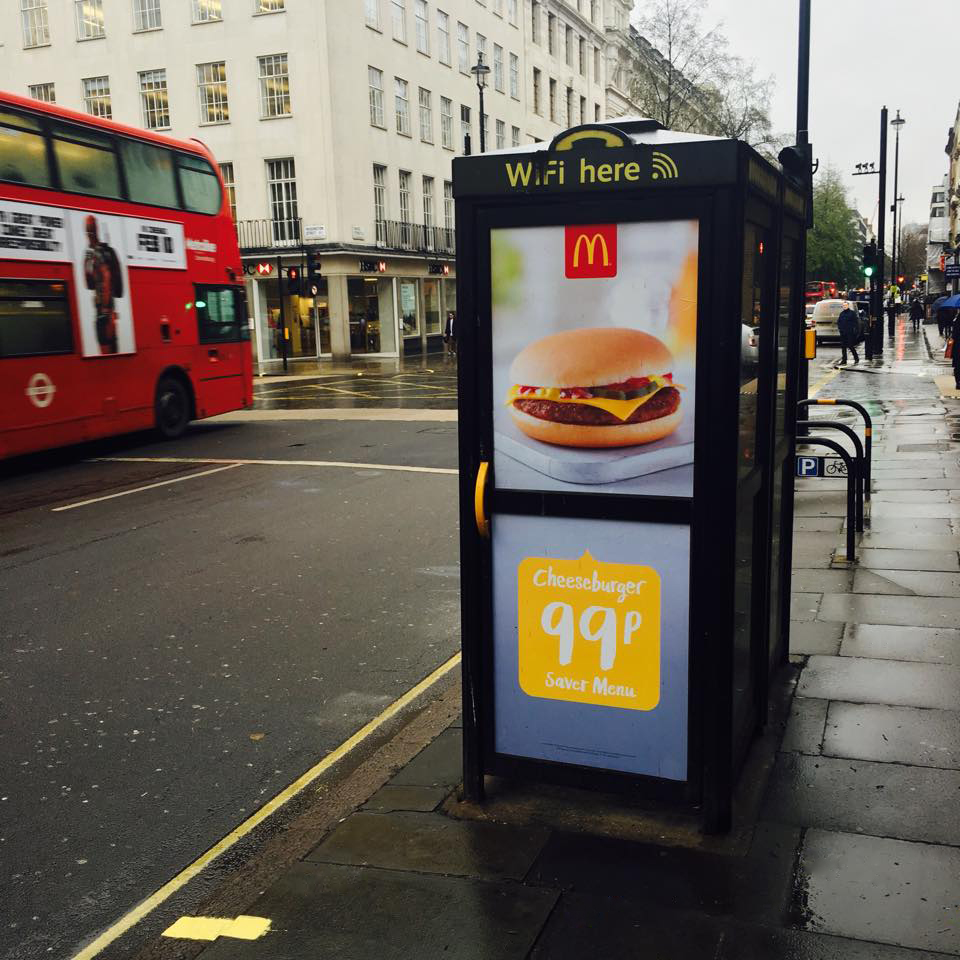
Fighting the urge for a morning cheeseburger
Tim Lumb, Insight and Effectiveness Director | 2016-01-22
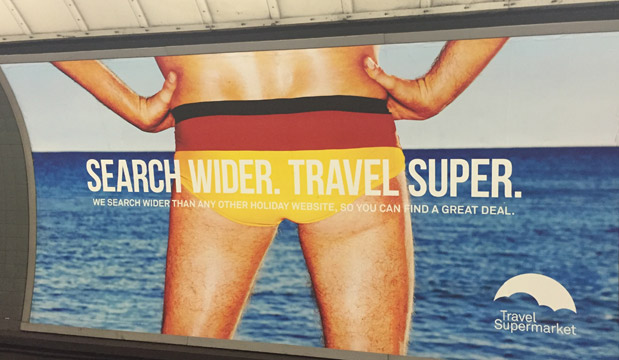
There are some lovely beaches on the tube this Winter
Sinead Hensey, Strategy Planning Manager | 2016-01-21
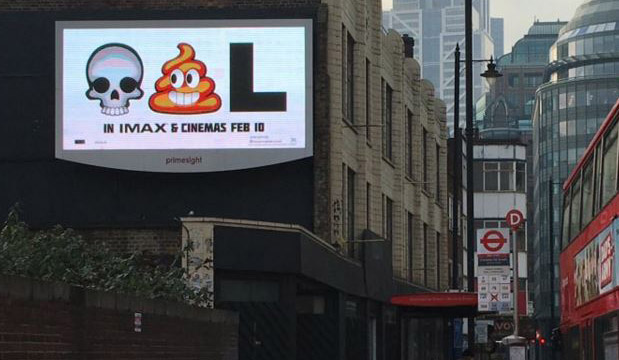
Fall in love with Deadpool this Valentine’s Day
Annabelle Cunningham, Communications Executive | 2016-01-21

Out of Home: 2016 and beyond
Alan Brydon, CEO Outsmart | 2016-01-20
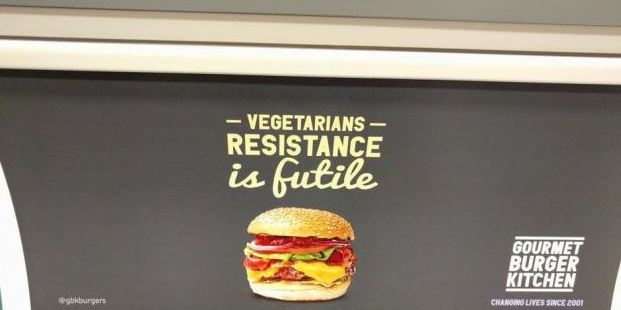
#gournetmurderkitchen riles angry vegans throughout London
Annabelle Cunningham, Communications Executive | 2016-01-19

O2 get tails wagging with their interactive #Waggytails campaign
Alice Walker-Mitchell, Marketing & Administration Coordinator at Popcorn Outdoor | 2016-01-18
"DOOH offers deeper engagement than other media, more of a story and feedback"
"In advertising, we have the power to change minds, change beliefs and change the world"
"Media isn’t about the number of impressions you make. Media is about the power of the impression you make."
"For a brand to live, it needs to appeal not only to the people who buy it, but also to the people who know about it "
"Super premium digital Out of Home is one of the quickest ways to get into the conversation and make your brand famous"
"London is the most valuable city for OOH advertising... and among the most important in the world "
"Using data to plan OOH enhances campaign performance by up to 200%"
"OOH engages hard to reach audiences on the move with inspiring and innovative communications"
"I would advise marketers using OOH not to see a poster as a Wikipedia entry, think of it as a piece of art"
"Posters are the purest and most effective form of communication"
"Reaching people in the right place, at the right time is still Out of Home’s biggest strength"
"Out of Home is an accountable, measurable and effective media for advertisers"
"The combination of classic and DOOH should be an intoxicating mix for any marketing director"
"Immediacy, targeting and excitement are what DOOH can offer that other media can't - its just very very cool.The opportunities are endless"
"Poster sites really are the last true broadcast medium capable of near universal reach"
"Smarter brands are contextualising their ad messaging, reaching a target audience when it matters most and can change behaviour"
"OOH may be the oldest medium, yet it has shown remarkable resilience in reinventing itself"
"OOH remains the flexible canvas for which a guaranteed audience is never too far away"
"It makes sense for the most welcomed and least intrusive media to deliver presence for brands interacting through the media"
"Central London will undergo a transformation and cities like Birmingham, Manchester and Leeds will get even brighter and more connected"
"Digital OOH networks are multi-sensory and with the development of touch technology things are moving fast. Stimulating the senses more creatively generates social shares, great PR and awards."
"London’s very large public transport network carries a great deal of OOH advertising. As a result, London alone has 170,000 advertising sites, more than 40 per cent of the national total. This makes London the most valuable city for OOH advertising in Europe and among the most important in the world."
"Show me any brief, for any client and any campaign and I guarantee that OOH will be able to have a justifiable role to play as part of the media solution. That role maybe big or small; local or national, classic, digital or both, large format, small format or anything in between... but it will be justifiable and worthwhile. There isn’t any other medium that can replicate that claim, or indeed come anywhere near doing so."
"DOOH is a really interesting storytelling medium, beyond advertising. It allows you to touch and feel and interact in a way no other medium does. That's the real beauty of it, and usually overlooked"
"OOH inhabits a wonderful space in which we benefit from a rich heritage of memorable, iconic campaigns and a truly exciting future unfolding before us. A broadcast medium that just keeps getting better."
"By its very nature, Out of Home’s remoteness from the consumer living room, from the office, and from the home computer, has made it a natural bedfellow of mobile marketing."
"As DOOH becomes more “digital,” it becomes more agile, richer, and better able to play its part in a big idea. As a plugged in medium, DOOH can be the active element in a multi-layered campaign. It can create buzz, break news, invite interaction, and help to drive content and discussions online. Great DOOH campaigns are ones that sit comfortably within the wider brand strategy and capture the imagination."
"I love OOH because the diversity of opportunities makes it a realistic option for almost any client. Add to this the ever growing possibilities for new innovation and it’s a media channel that is truly exciting to both agencies and clients alike."
"Speed of change is all around us and no more so than in the rate at which advertising investment in traditional posters is being transitioned to include a far more flexible Out of Home canvas; the digital poster."
"Posters decorate the world "
"Out of Home is booming right now: OOH is the most ubiquitous media – you can’t turn the page, change the channel or switch it off, and Out of Home continues to integrate itself brilliantly with other new and innovative technologies."
"The Out of Home sector has been tremendously resilient throughout the recessionary years, showing consistent growth driven by its fundamental benefits. In an ever-fragmenting media landscape, you can still reach pretty much the entire population, all at the same time."
"Media changes, driven by digitisation, have left consumers facing a tyranny of choice—yet OOH is a channel that can still deliver huge audiences, and can increasingly do so in creative and engaging ways."
"OOH is constantly evolving, and its ability to integrate so brilliantly with new technology is one of its main strengths."
"The beauty of OOH is that it can double as a TV screen, a social feed, a camera, a vending machine, a download site, or a purchase point."
"We've chosen to use digital to make everything more efficient...but we've forgotten how to explore and discover. It's a loss of serendipity and we've lost a lot of the humanity. We're becoming very reliant upon digital and the internet to make us incredibly efficient and we're losing out."
"Out of Home is the oldest medium of all There’s still huge power in the public message – the power of the public comment. It’s a big thing – it’s why people get married in front of an audience of 150; it gives a public sense of commitment."
"And then there’s advertising’s past. The intrusive, inflexibile and mute billboards. They feel like throwbacks to the old way of doing things. A flat image with an unyielding rule that the consumer can take in no more than eight words (unless they’re Economist readers). How boring. How old school. Until you remember 2015's ‘Shot on iPhone 6’ campaign. Simple, traditional and utterly un-missable pieces of art in the urban landscape."
"Advertising isn’t supposed to be private. It’s supposed to be overheard, shared, stumbled across and discovered."
"As an industry, I believe, we have forgotten the power of repetition. Effective communication isn't small. It isn't cheap. It isn't once."